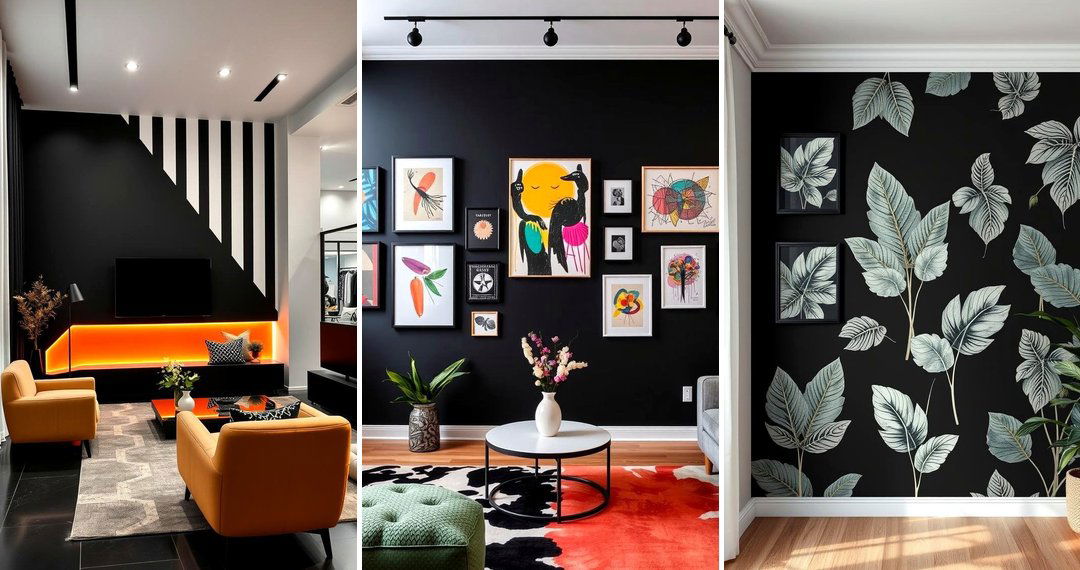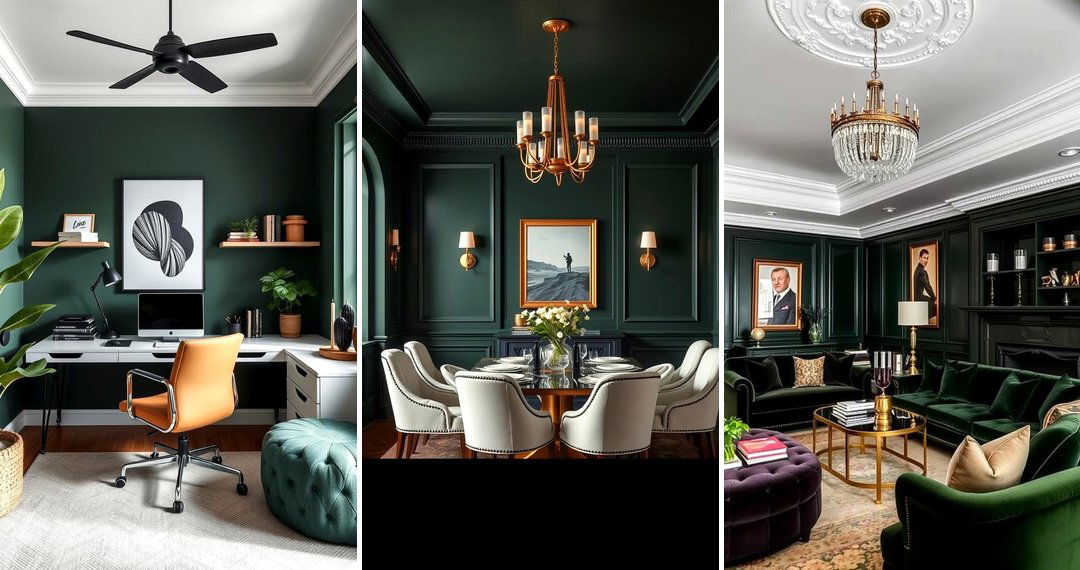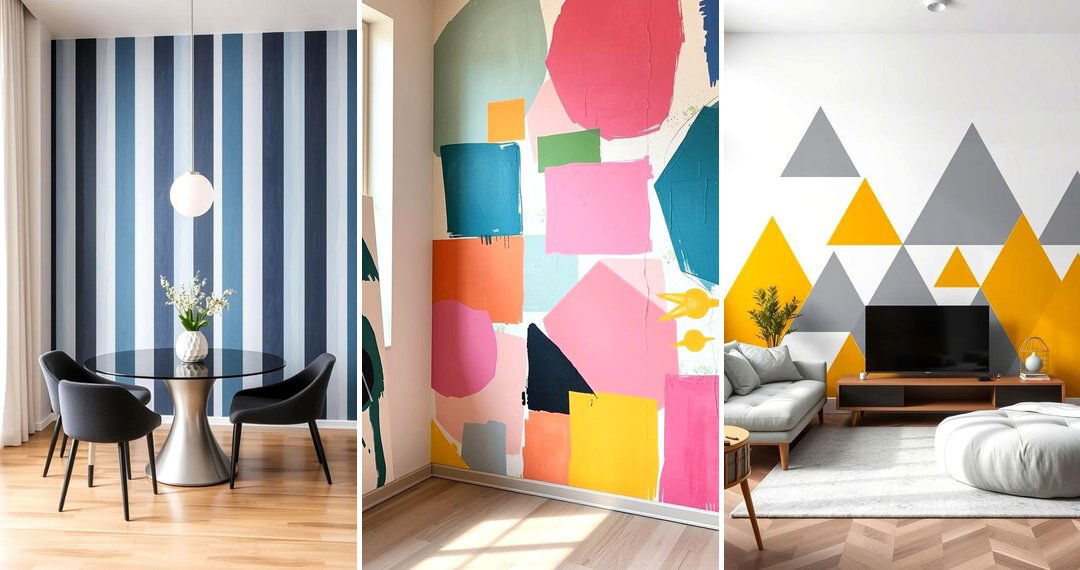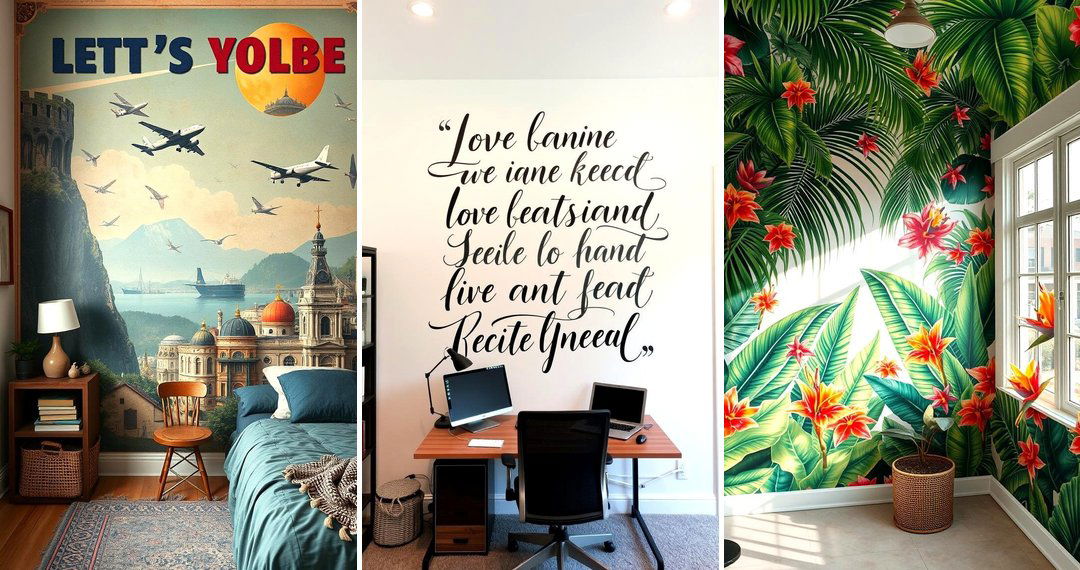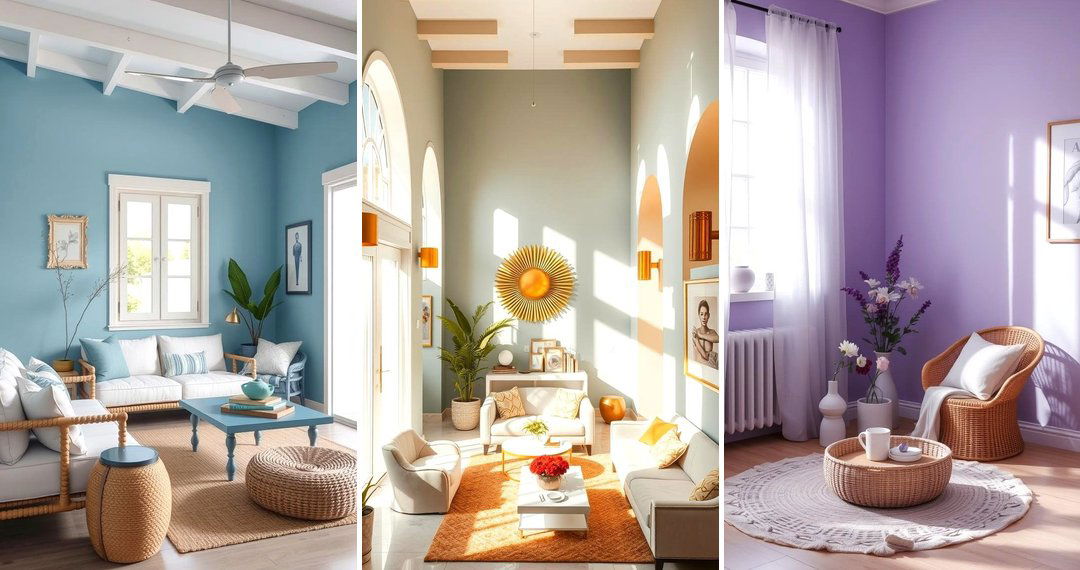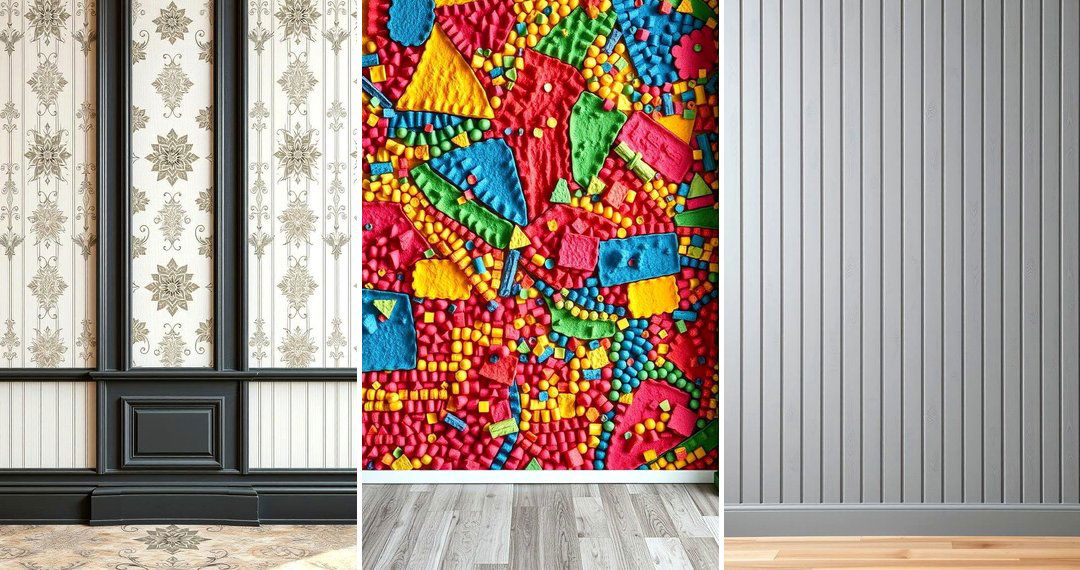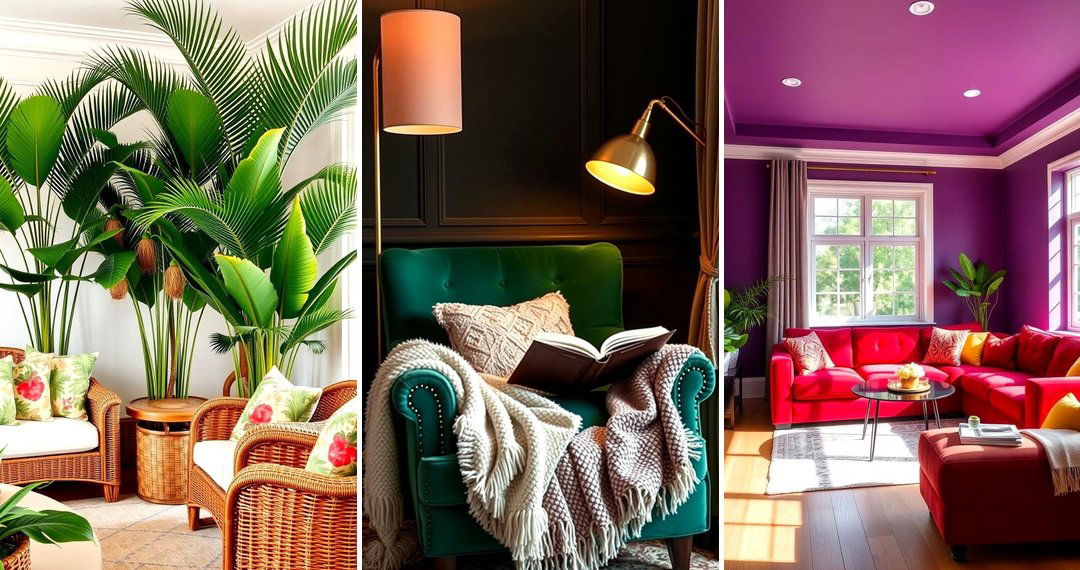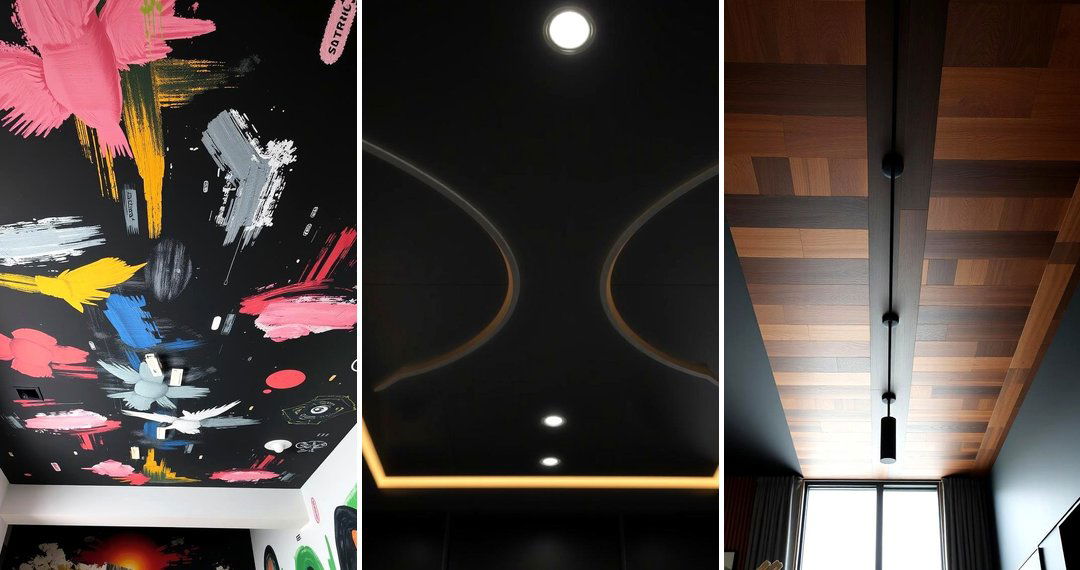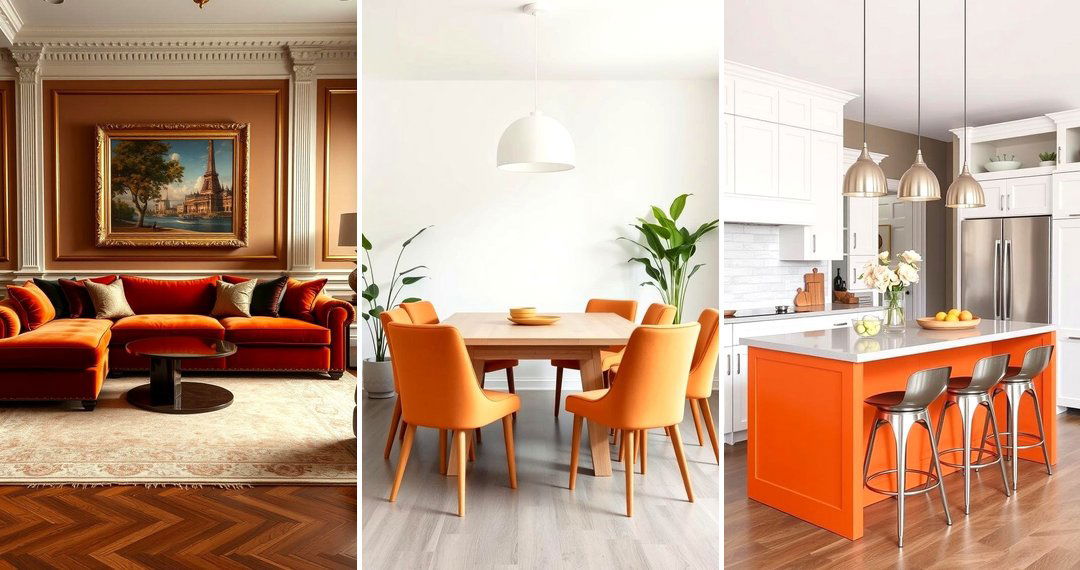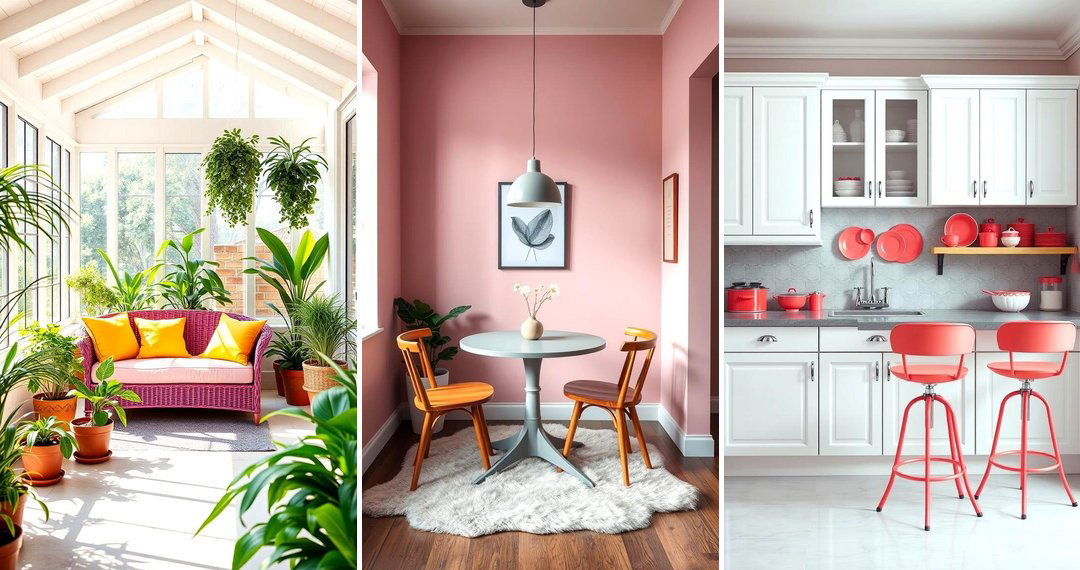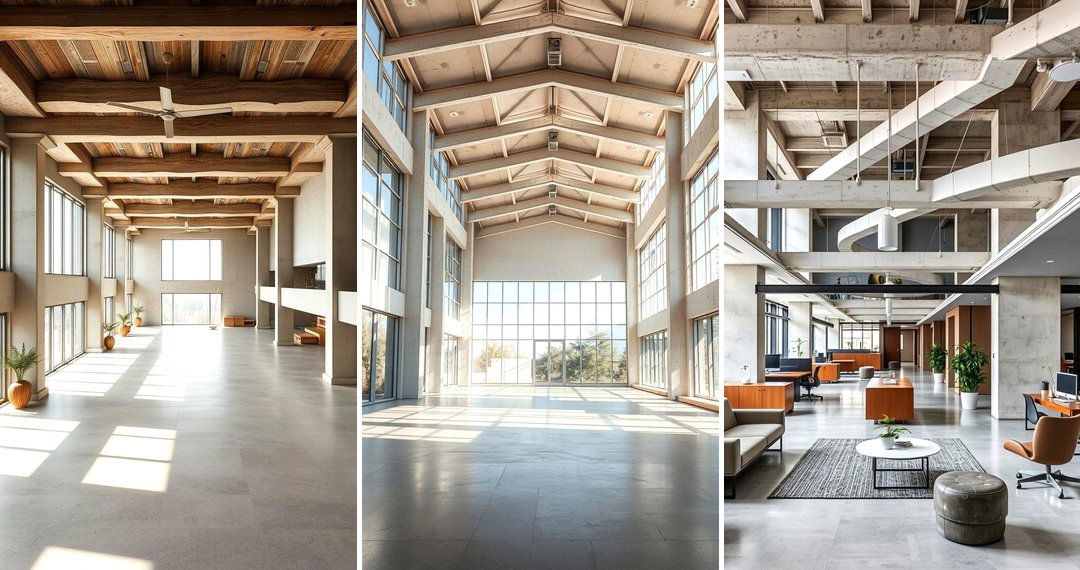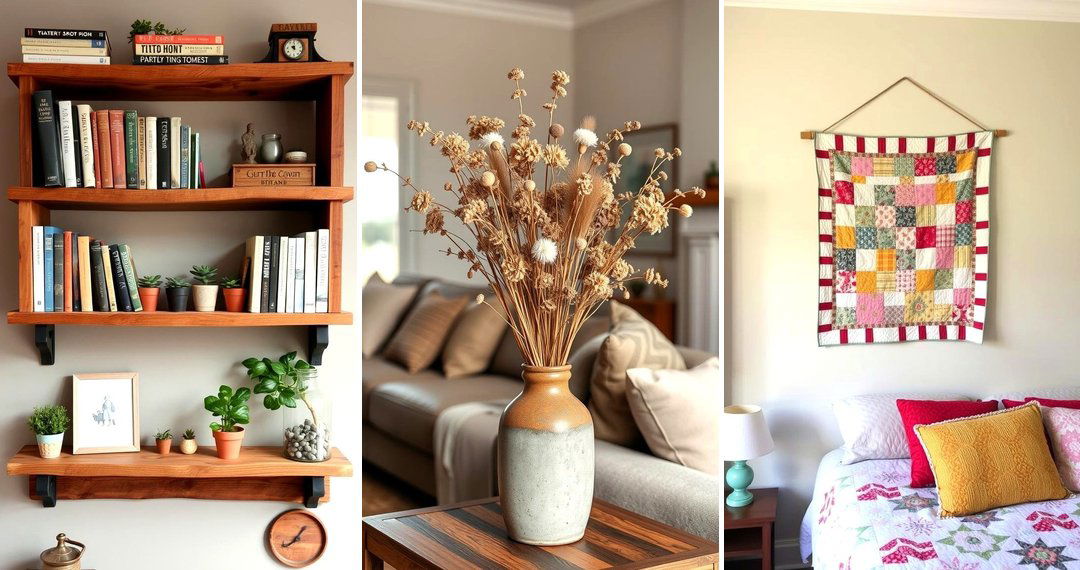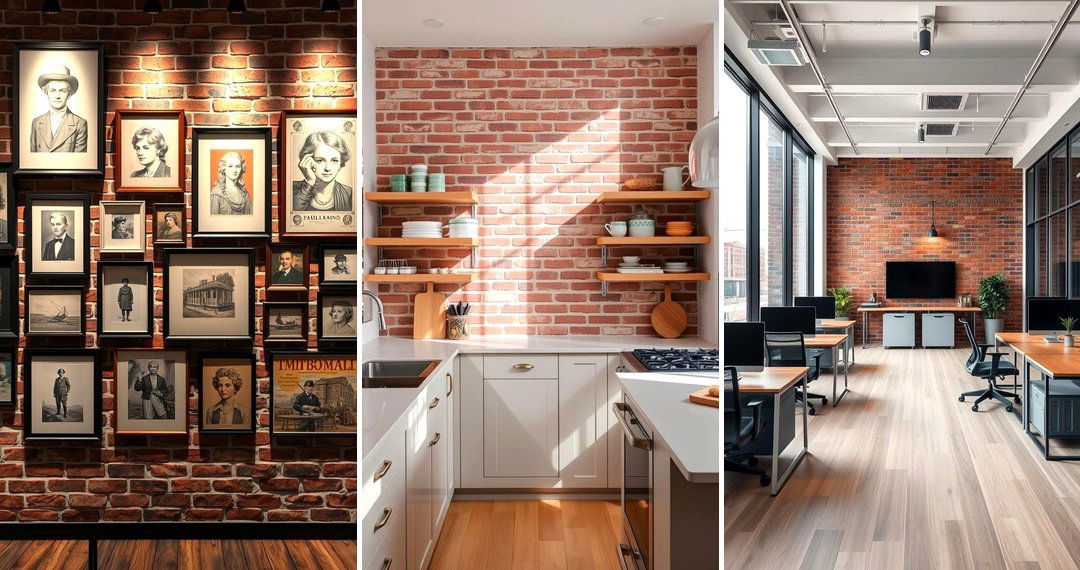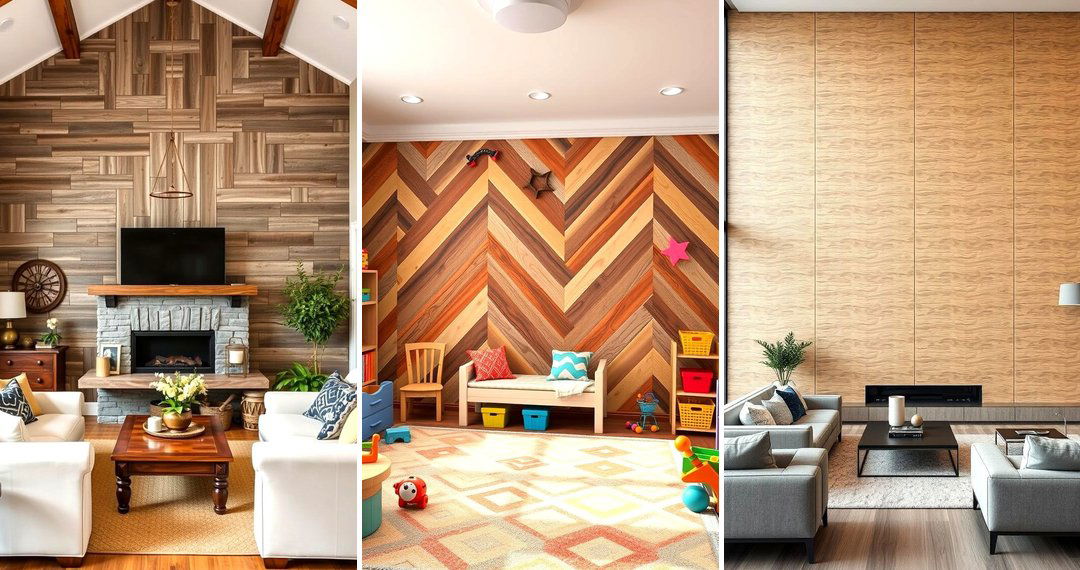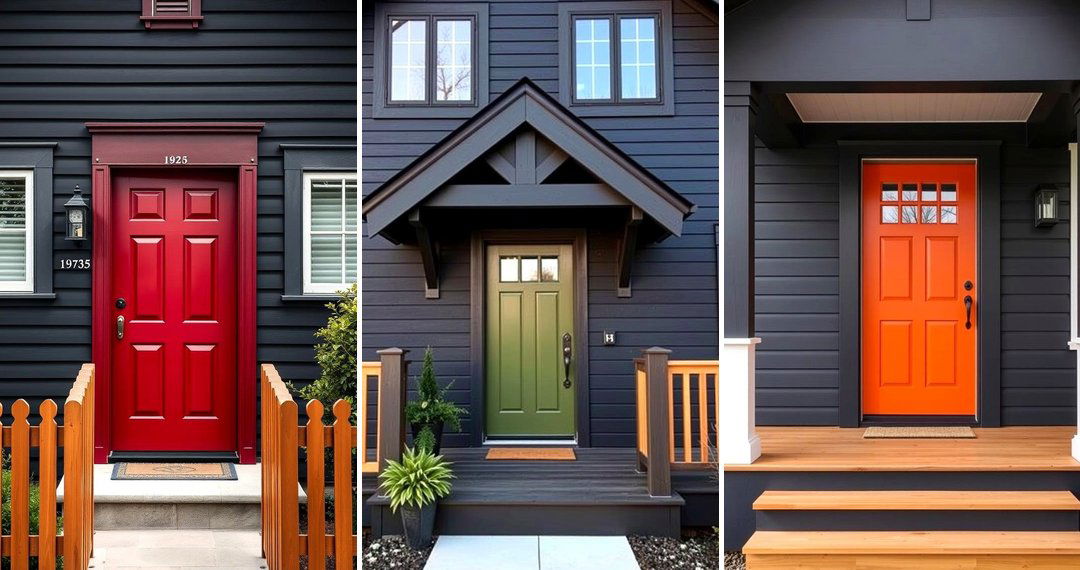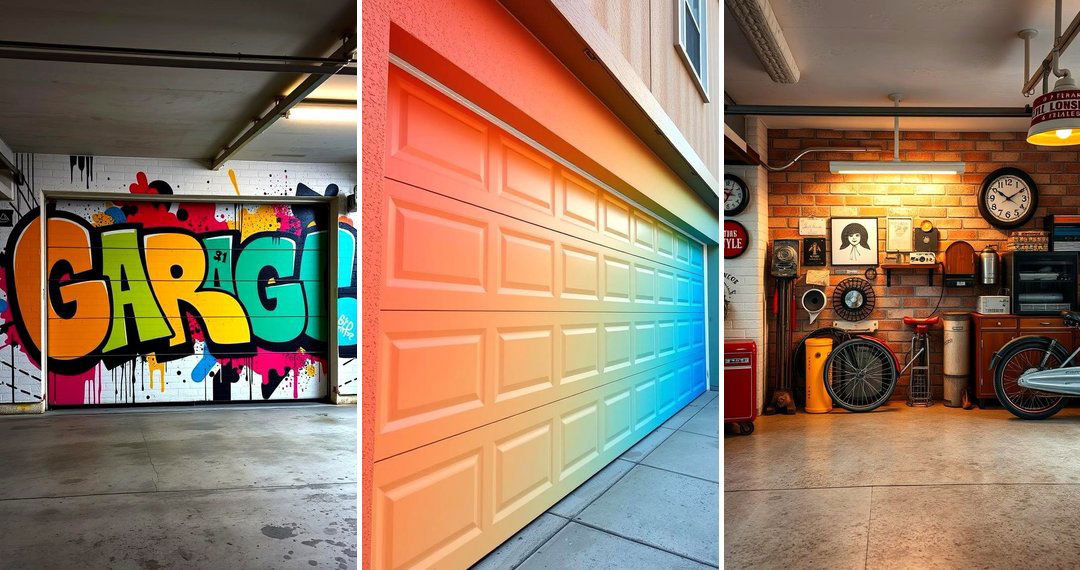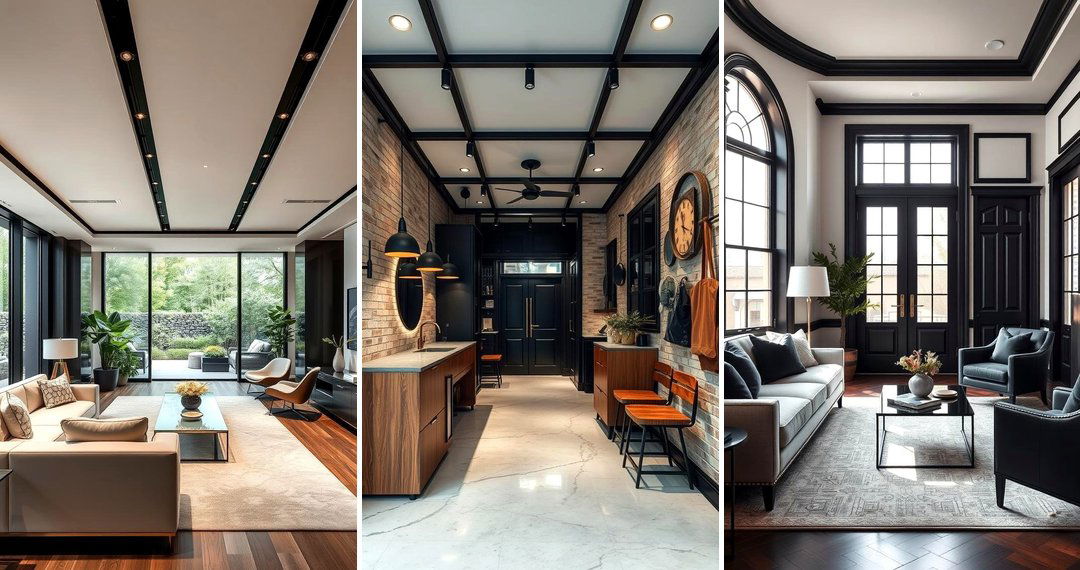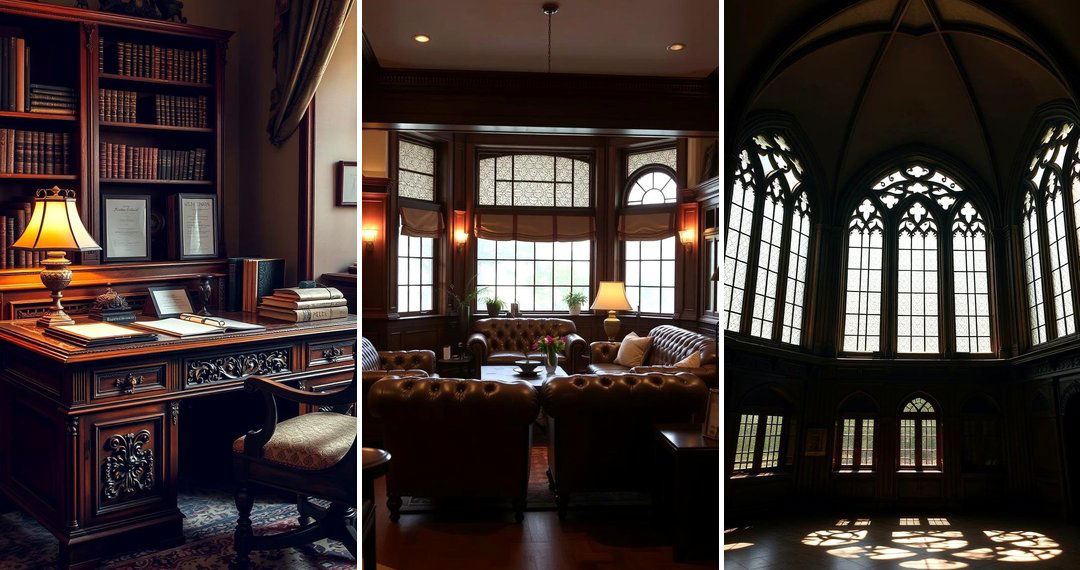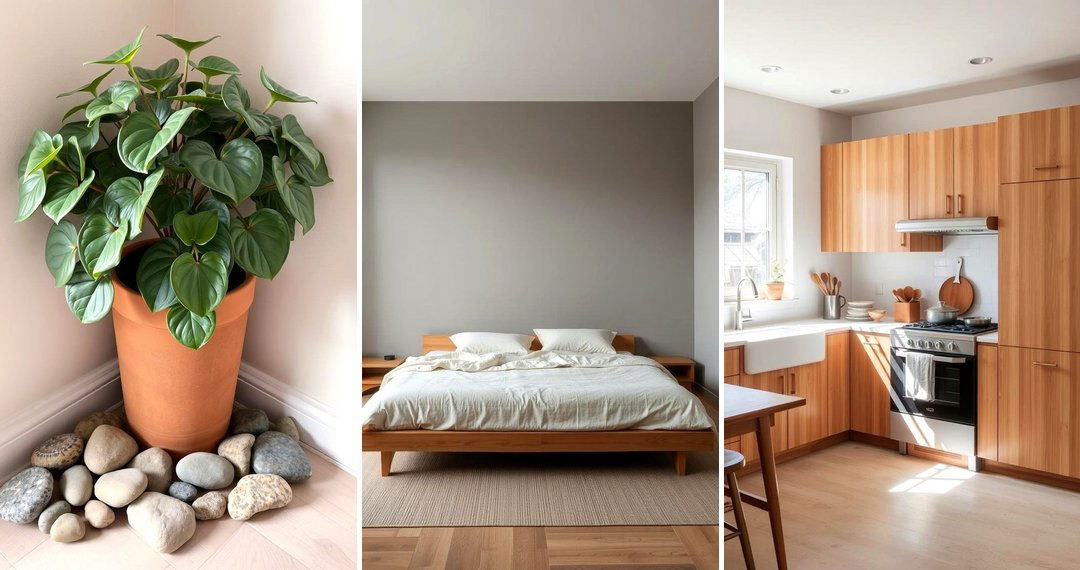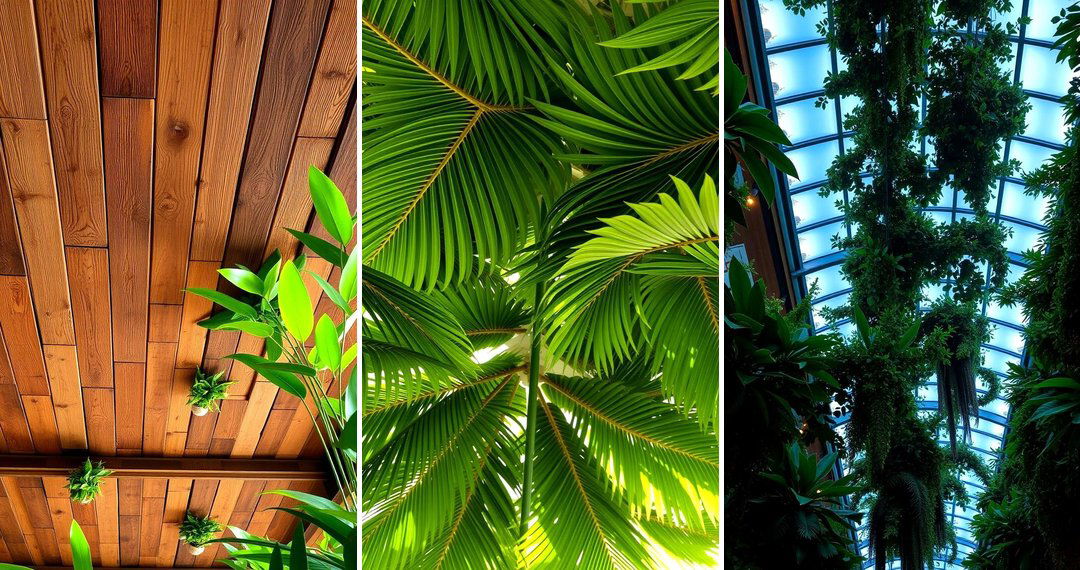Embracing the transformative power of color, interior design offers a delightful playground for creativity, and few techniques are as versatile and impactful as two-tone wall paint. This approach allows you to define spaces, highlight architectural features, and inject personality into your home, all with a simple yet effective painting strategy. From subtle gradients that whisper elegance to bold contrasts that shout individuality, the possibilities are as boundless as your imagination. Let's delve into a spectrum of inspiring concepts that will ignite your creativity and guide you in crafting a truly unique and captivating ambiance with the magic of two-tone wall paint ideas.
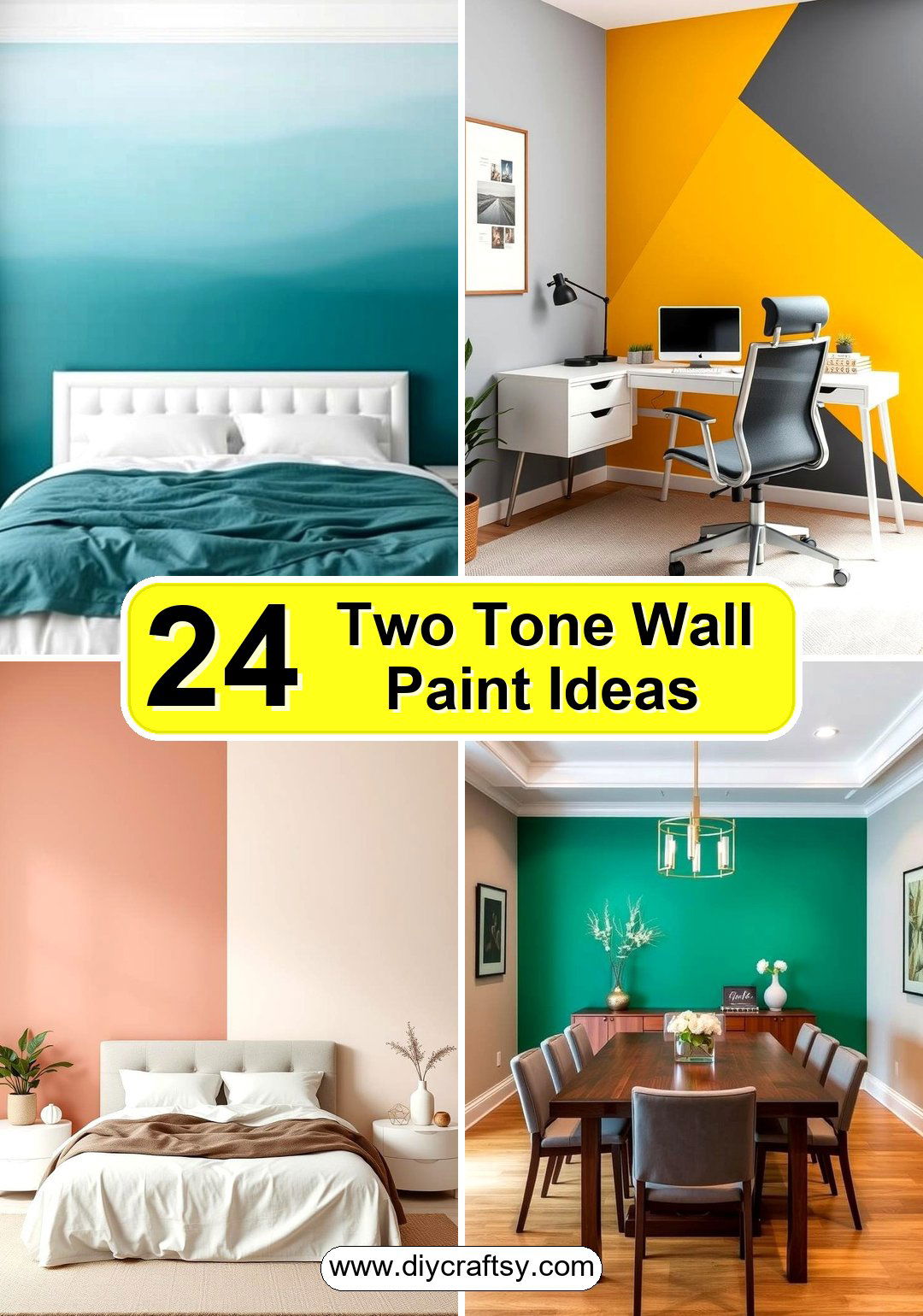
1. Horizontal Divide with Contrasting Colors
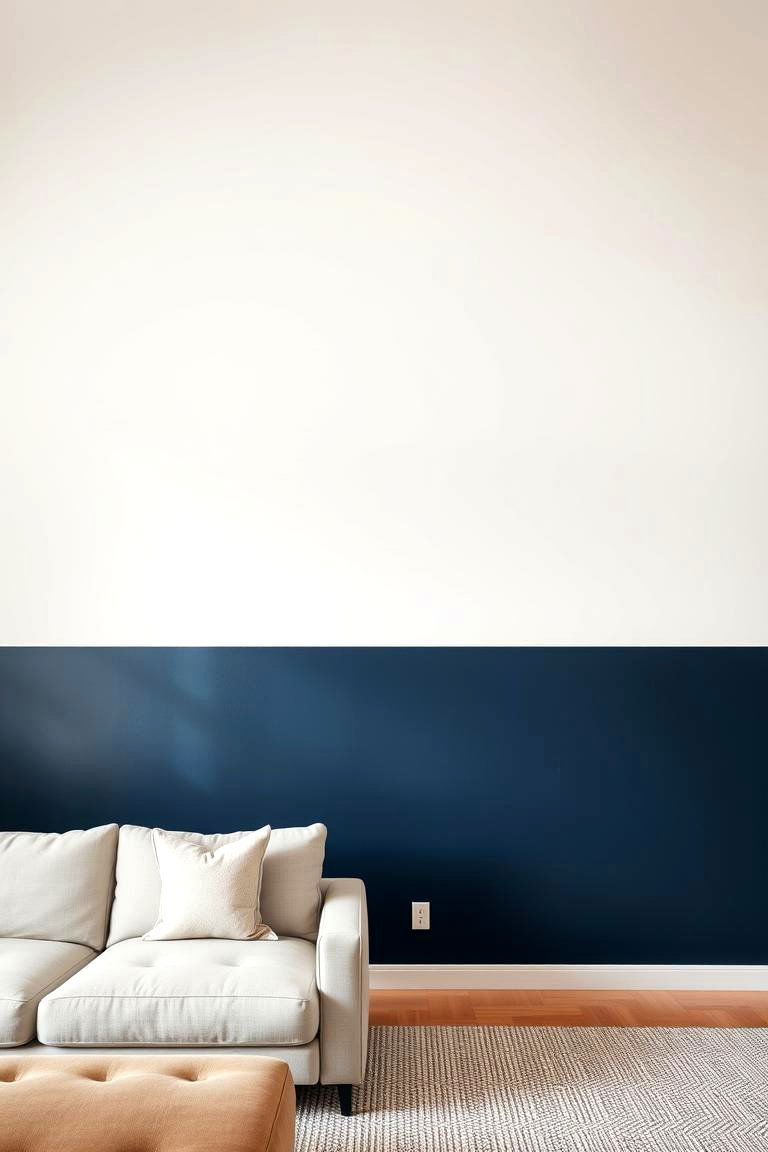
Consider a classic approach by dividing your wall horizontally. The bottom section, painted in a darker, richer hue, can ground the room and add depth, while the lighter shade above creates an airy and spacious feel. This technique works particularly well in rooms with high ceilings, visually bringing the space into a more comfortable proportion. For instance, pairing a deep navy blue with a soft, off-white can evoke a sense of sophistication and tranquility, perfect for a living room or bedroom.
2. Vertical Stripes for Height and Drama
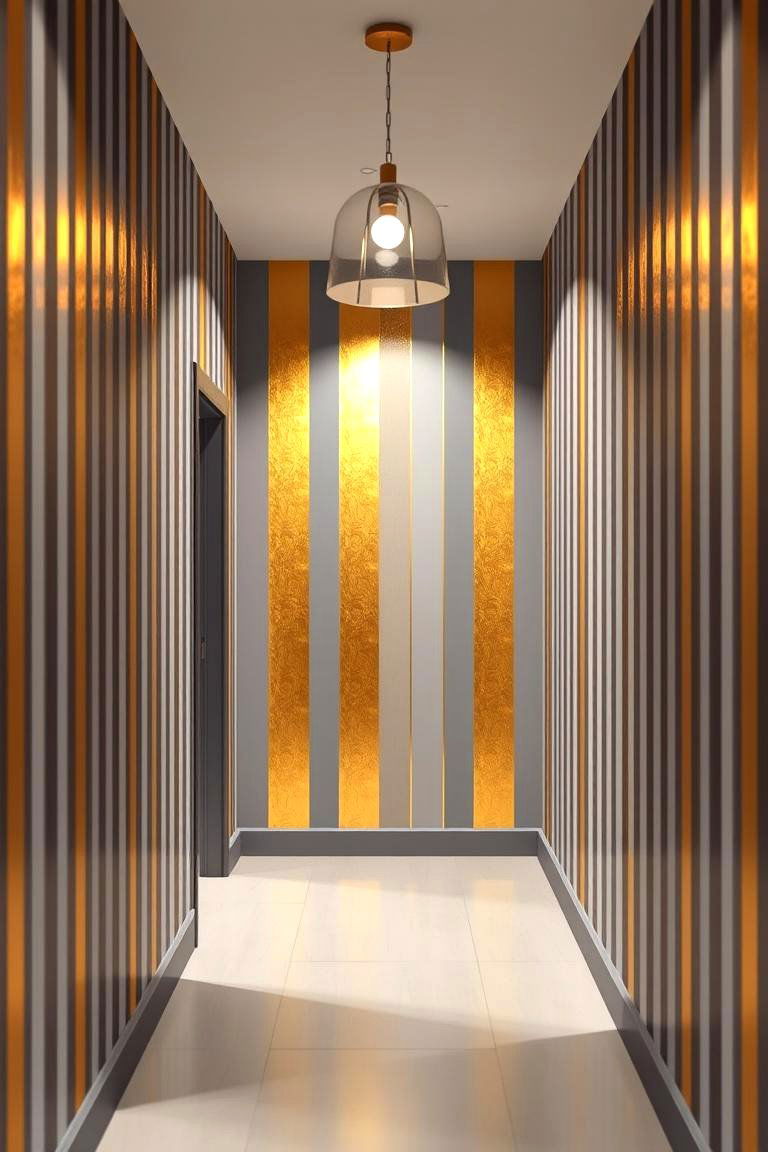
Take your walls to new heights, literally, with vertical stripes. These painted lines can instantly elongate a room, making lower ceilings appear taller. Opt for varying widths for a more contemporary look, or stick to uniform stripes for a traditional feel. Bringing in a metallic gold stripe alongside a matte grey can introduce a touch of glamour and visual interest, ideal for a hallway or a feature wall in a dining area. Remember to use painter's tape for crisp, clean lines.
3. Ombre Effect for a Gradient of Serenity
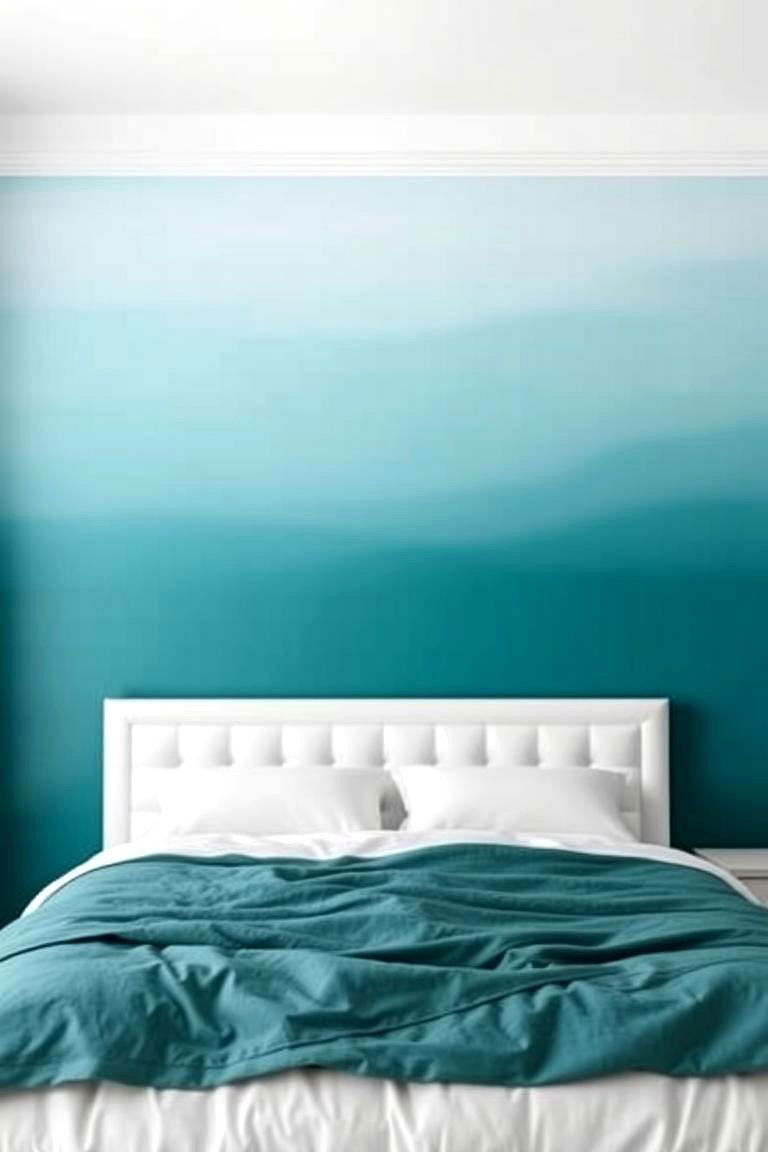
With a gentle transition of color, an ombre effect creates a soothing and sophisticated atmosphere. This involves gradually blending one shade into another, typically from a darker base to a lighter top. This technique adds depth and visual interest without harsh lines. For example, starting with a deep teal at the bottom and seamlessly fading into a pale sky blue can bring a calming, almost ethereal quality to a bedroom or nursery.
4. Color Blocking for Bold Statements
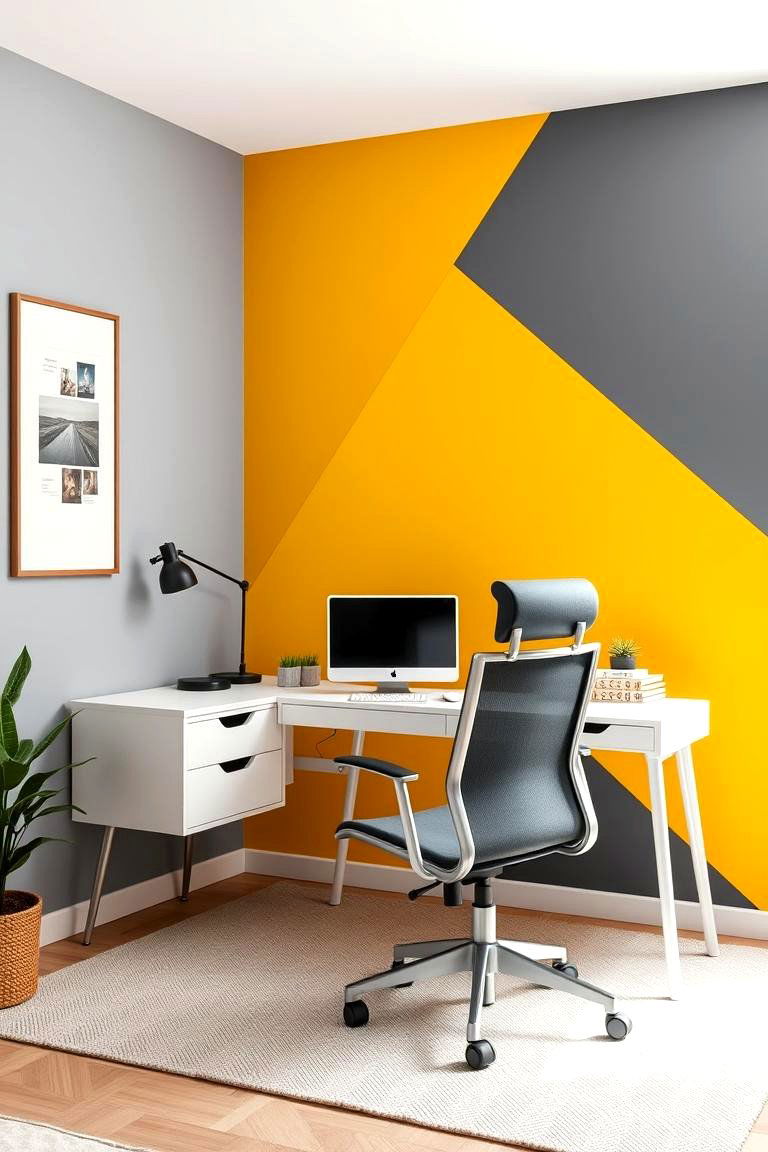
Another dynamic technique involves painting distinct blocks of color on your walls. This is a fantastic way to add a modern and artistic touch to any space. Consider using geometric shapes or freeform designs to create a unique visual impact. For instance, a bold mustard yellow block against a backdrop of cool grey can inject energy and personality into a home office or children's playroom.
5. Feature Wall with an Accent Color
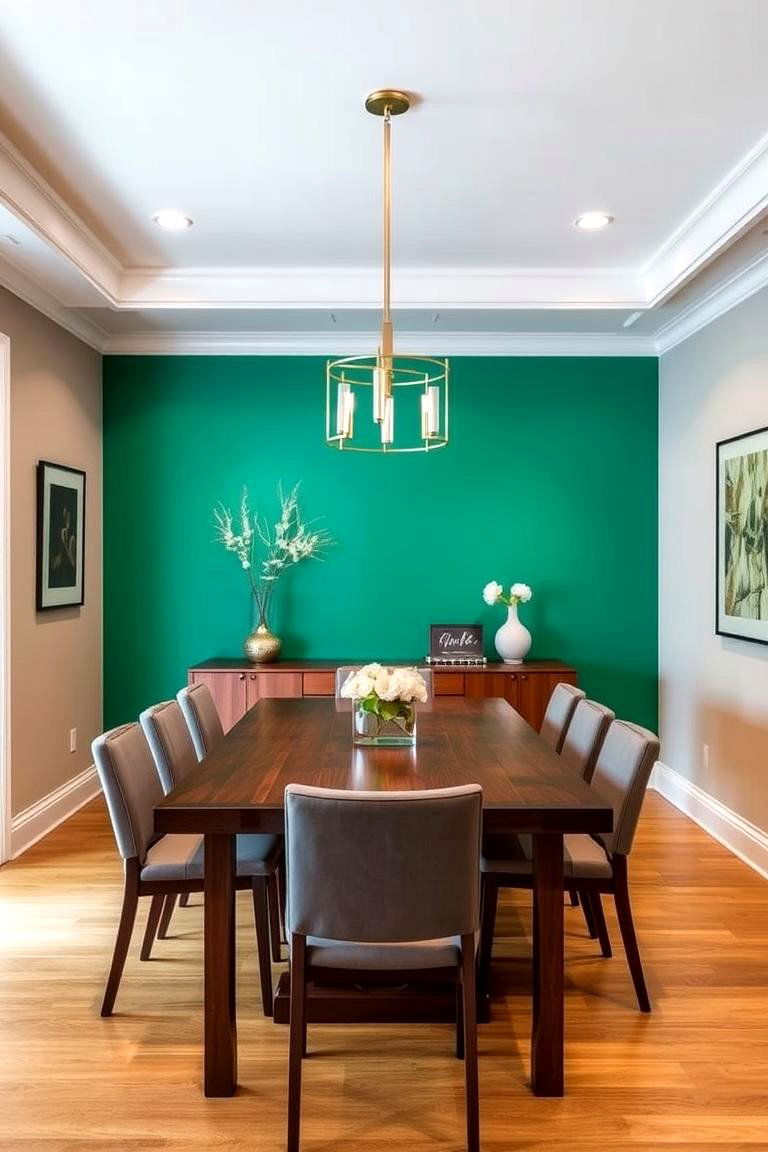
Looking to draw attention to a specific area or architectural feature? A two-tone approach with a bold accent wall can do just that. Paint one wall in a contrasting color to the rest of the room to create a focal point. This works beautifully behind a bed, a fireplace, or a display of artwork. For example, a vibrant emerald green wall in a room painted in neutral beige can add a pop of color and visual interest.
6. Painted Headboard for a Unique Touch
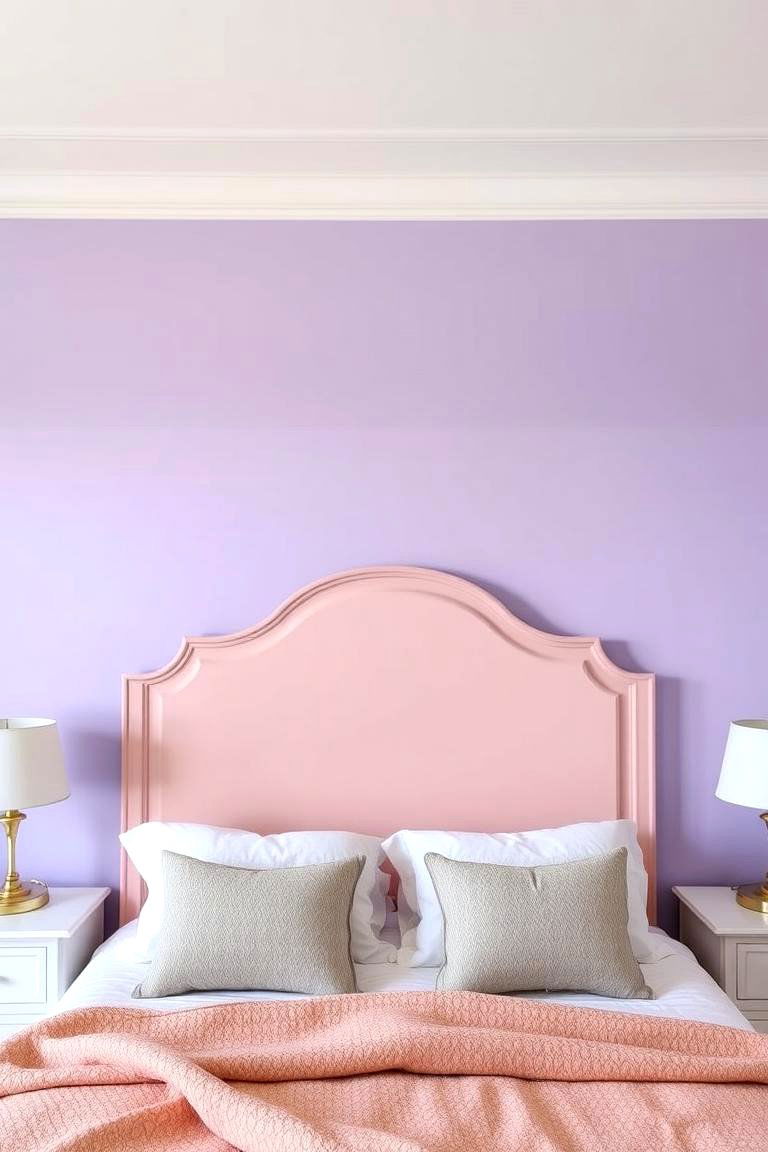
What if your headboard wasn't a piece of furniture, but a painted design on your wall? This creative two-tone idea involves painting a rectangular or shaped area behind your bed in a contrasting color to mimic the look of a headboard. This is a budget-friendly and space-saving way to add personality to your bedroom. Consider a soft blush pink painted headboard against a backdrop of calming lavender.
7. Wainscoting Effect with Two Paint Colors
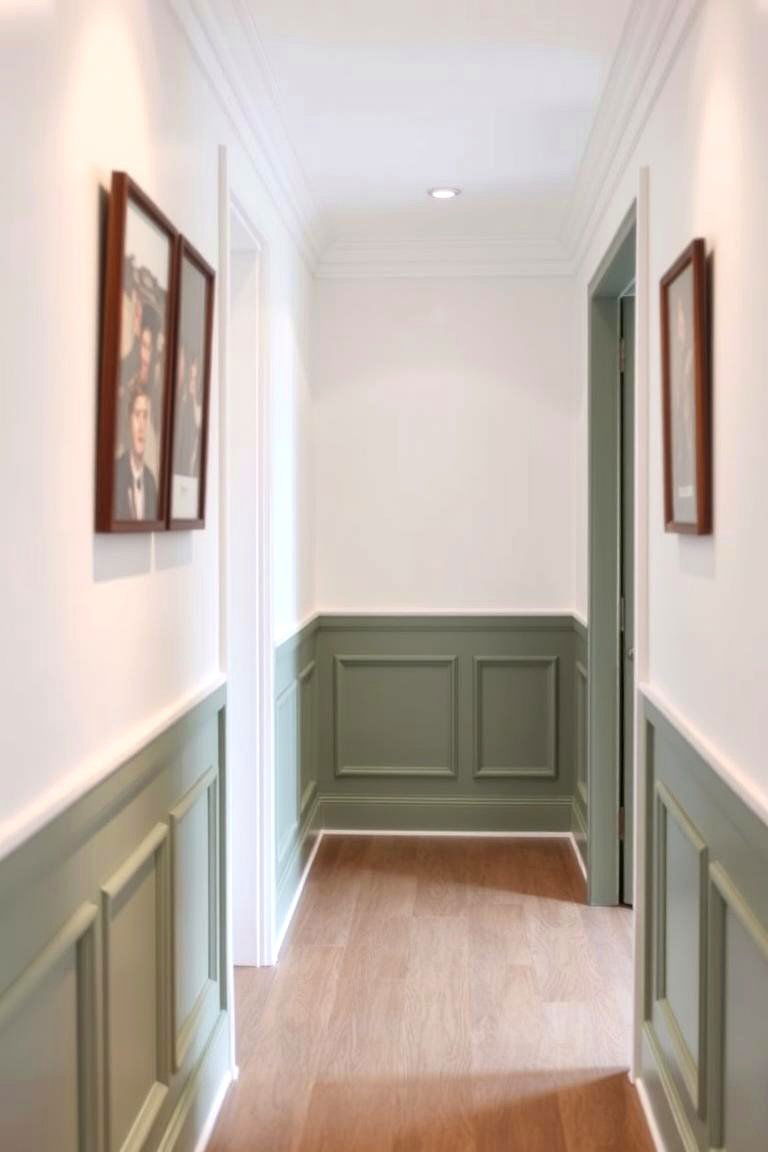
To introduce a touch of traditional elegance, consider creating a wainscoting effect with paint. Paint the lower portion of your walls in one color and the upper portion in another, separated by a chair rail or simply a clean horizontal line. Pairing a classic white on top with a muted sage green below can create a timeless and sophisticated look for a dining room or hallway.
8. Geometric Patterns for Modern Flair
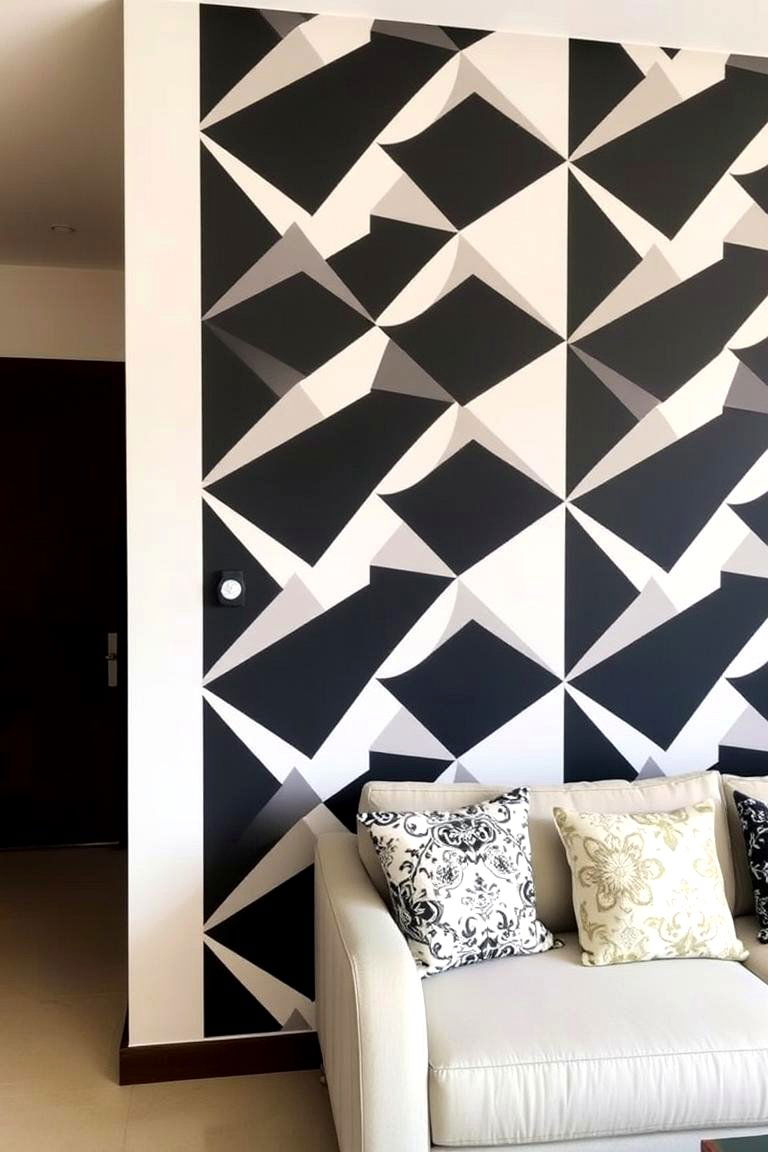
This approach involves using painter's tape to create intricate geometric patterns on your walls and filling them in with two contrasting paint colors. Think chevrons, triangles, or even more complex designs. This technique adds a strong visual impact and a contemporary feel to any room. For example, a pattern of black and white triangles can create a bold and graphic statement in a living room.
9. Highlighting Architectural Details with Color
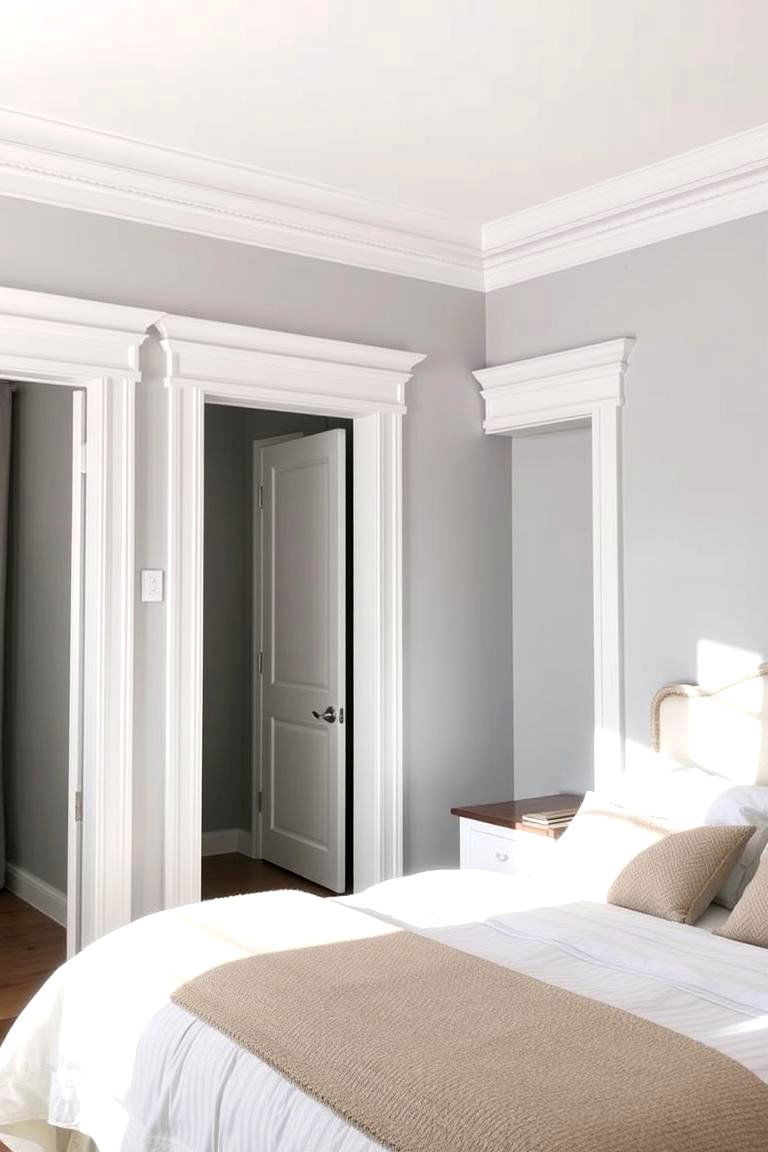
The beauty of your home often lies in its architectural details. Consider using two-tone paint to highlight features like crown molding, door frames, or window casings. Painting these elements in a contrasting color to the main walls can add depth and visual interest. For instance, crisp white trim against light grey walls can enhance the architectural charm of a room.
10. Corner Accent for Subtle Interest
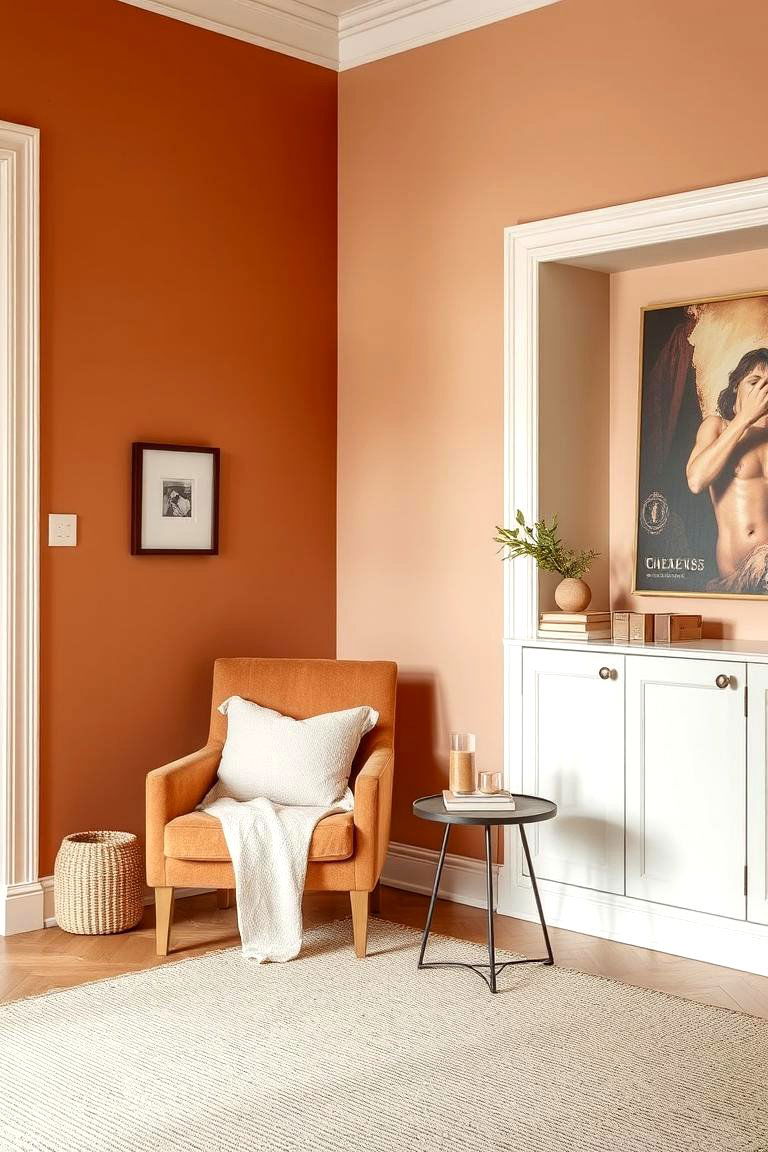
Another subtle yet effective two-tone idea is to paint just the corner of a room in a contrasting color. This creates a soft visual break and adds a touch of unexpected interest without overwhelming the space. For example, a muted terracotta corner in a room painted in a warm cream can add a touch of earthiness and warmth.
11. Ceiling Accent for Unexpected Drama
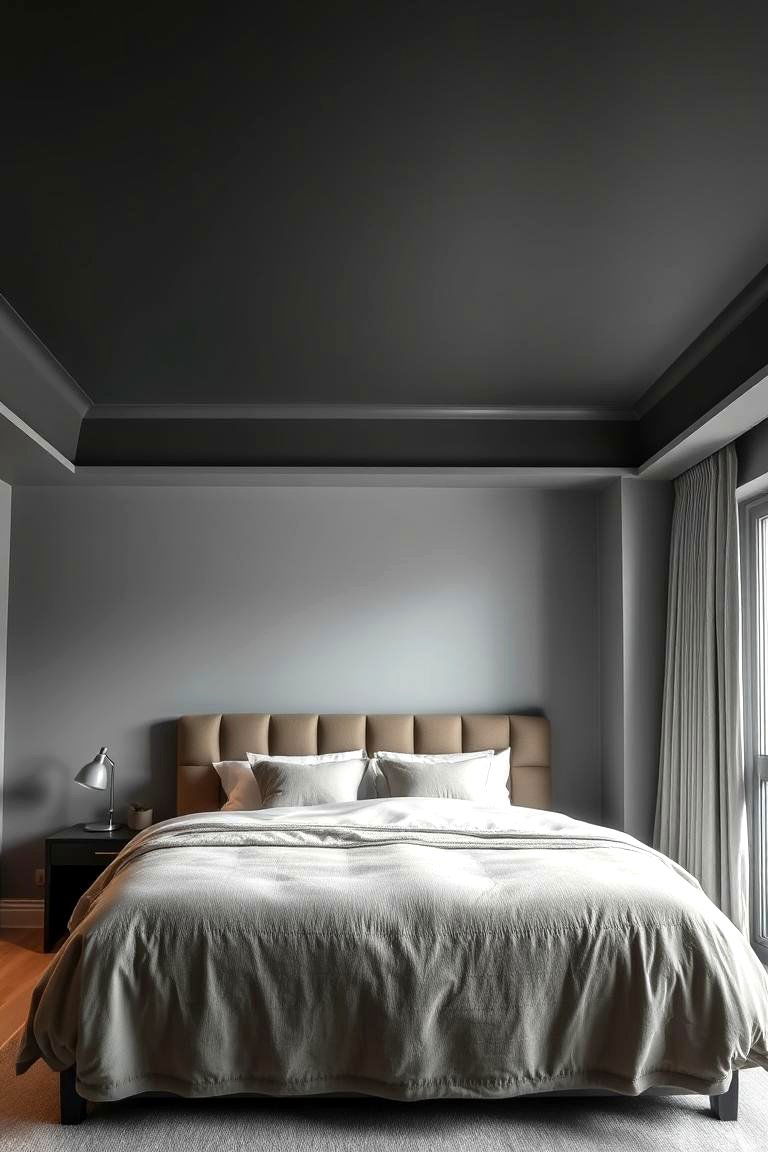
Believe it or not, your ceiling is another canvas waiting to be explored. Painting the ceiling in a contrasting color to the walls can add drama and visual interest to a room. This works particularly well in rooms with high ceilings. For instance, a deep charcoal grey ceiling in a room with light grey walls can create a sophisticated and intimate atmosphere.
12. Two-Tone Stripes with Varying Widths
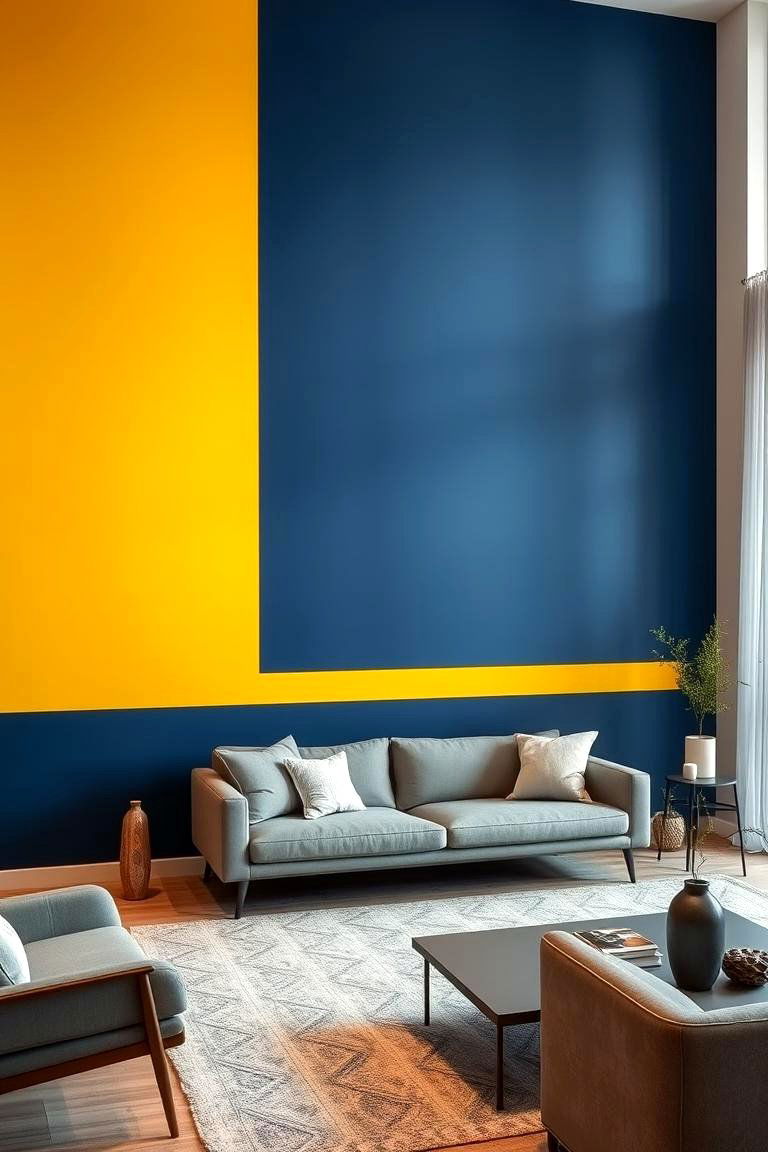
Bringing a dynamic twist to the classic stripe, consider using two-tone stripes with significant variations in width. For instance, a wide band of one color paired with a thin stripe of a contrasting shade can create a modern and eye-catching effect. Imagine a broad stroke of deep blue complemented by a slender line of vibrant yellow.
13. Diagonal Split for a Unique Perspective
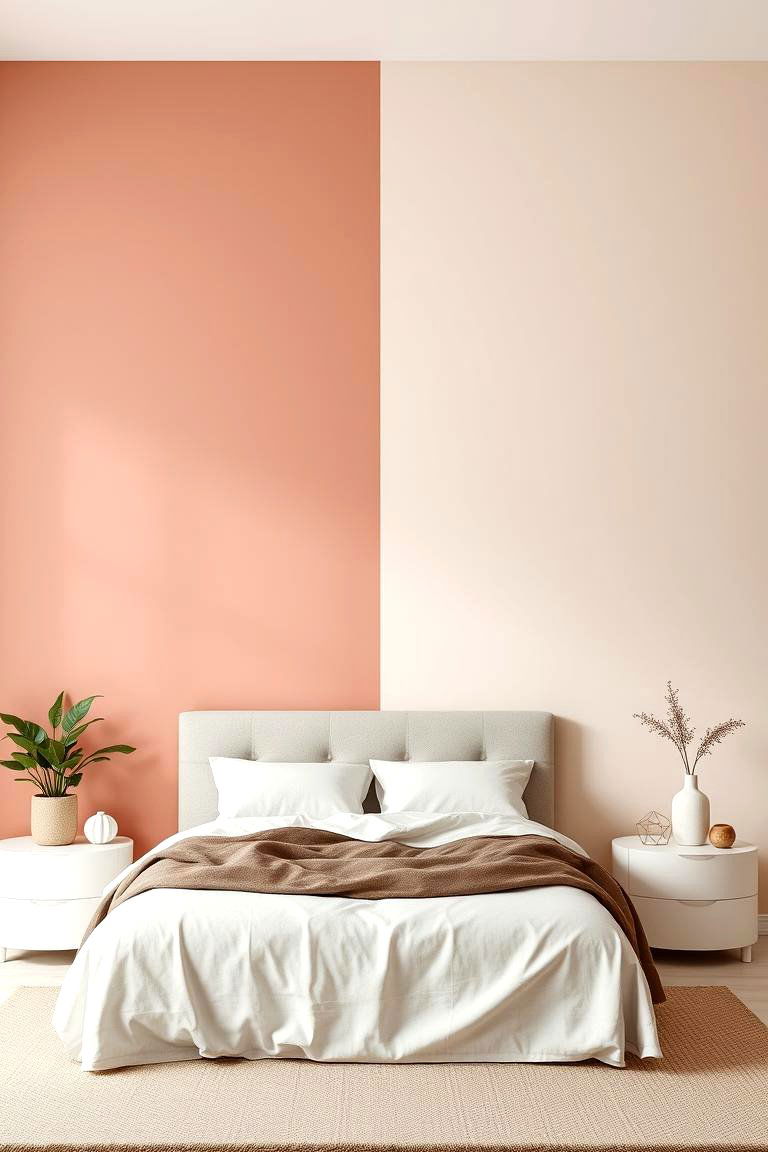
What if you split your wall diagonally with two different paint colors? This unconventional approach can add a sense of dynamism and visual intrigue to a space. Consider using bold colors for a dramatic effect or softer hues for a more subtle transition. A diagonal split of dusty rose and soft beige can bring a unique and artistic touch to a bedroom.
14. Painted Archway for a Grand Entrance
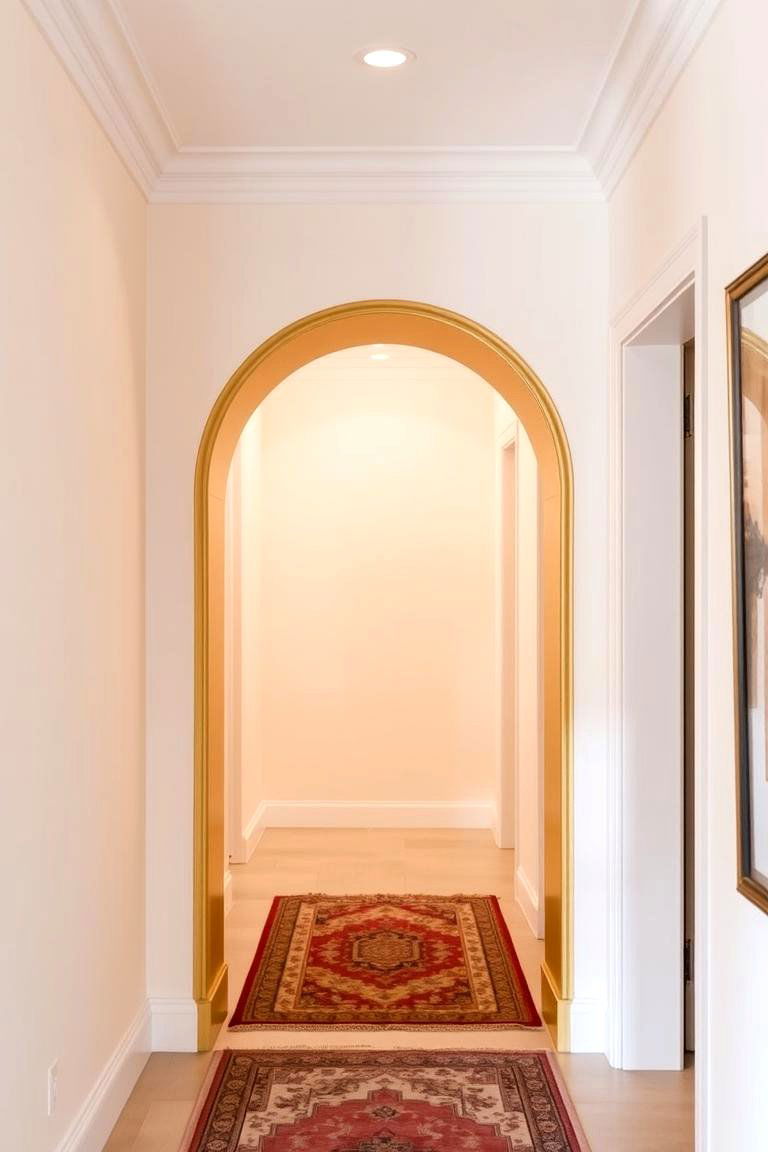
If your home features archways, consider highlighting them with a two-tone paint scheme. Painting the inside of the archway in a contrasting color to the surrounding walls can draw attention to this architectural detail and create a sense of grandeur. For example, a soft gold archway against a backdrop of warm white can add an elegant touch to a hallway or doorway.
15. Faux Paneling with Paint
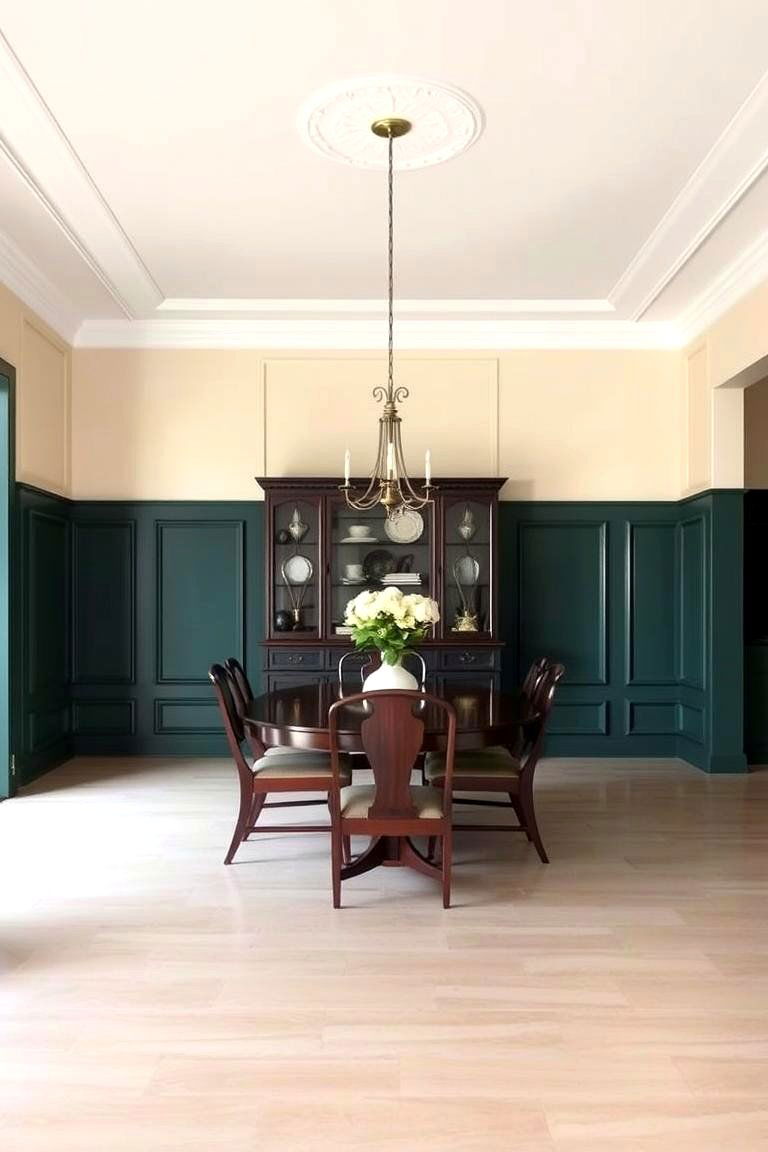
To achieve the look of traditional wall paneling without the cost and effort, consider using paint to create the illusion. Paint the lower portion of your walls in a darker shade and use a lighter color above, separated by a painted line to mimic the look of panels. Pairing a deep forest green below with a light cream above can create a classic and sophisticated ambiance.
16. Inverted Two-Tone for a Modern Twist
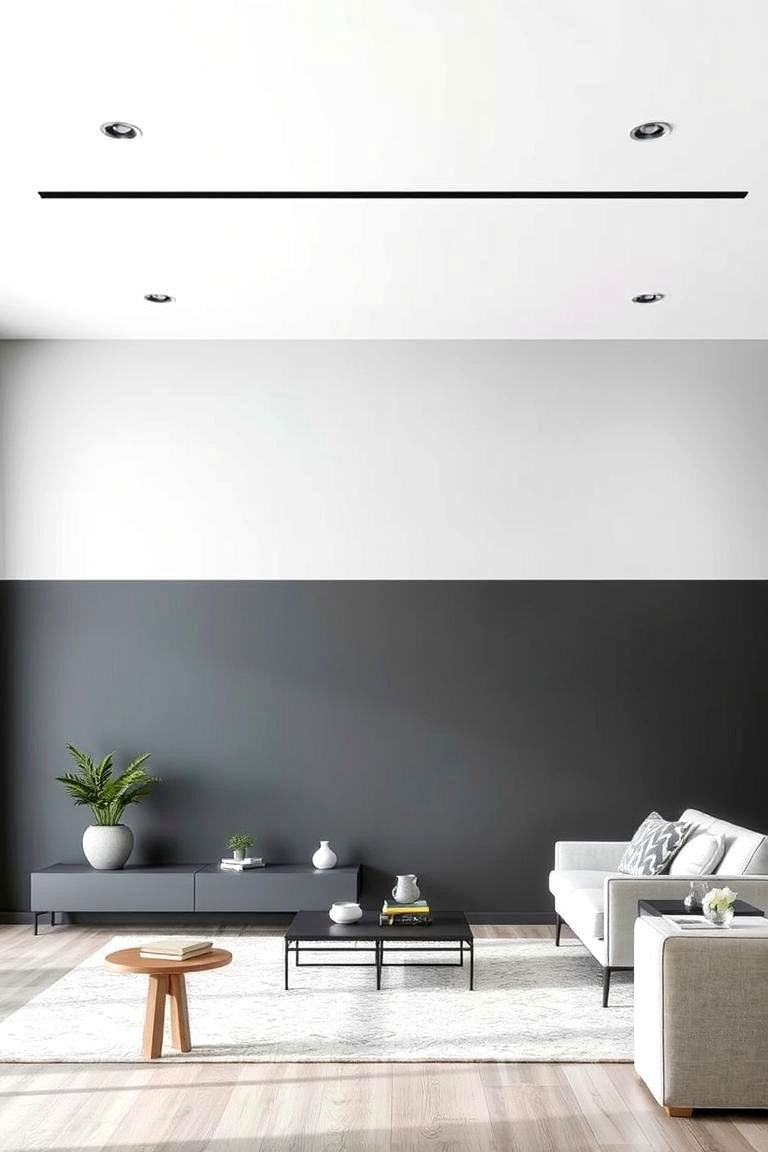
Instead of the traditional darker bottom and lighter top, try inverting the color scheme. Painting the lower portion of your walls in a lighter color and the upper portion in a darker shade can create a modern and unexpected visual effect. For instance, a light grey base with a charcoal grey top can bring a contemporary edge to a living space.
17. Textured Two-Tone for Added Dimension
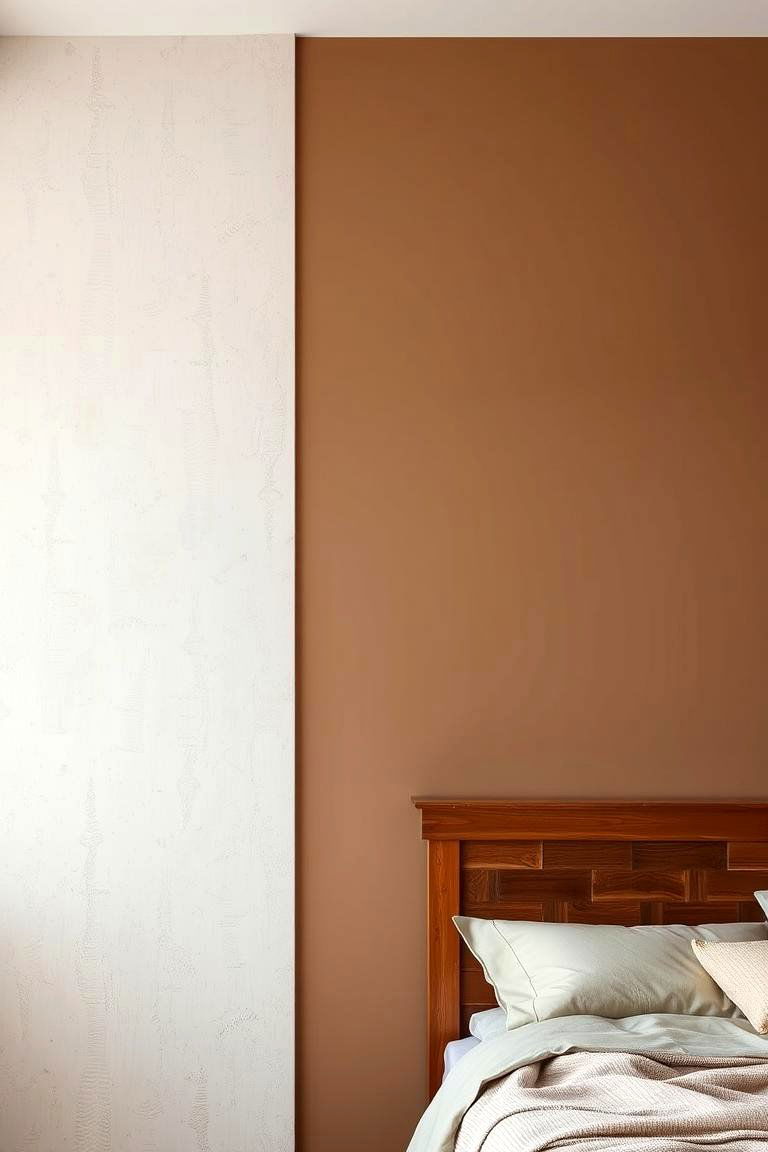
Enhance the visual interest of your two-tone walls by incorporating texture. This can be achieved through techniques like sponging, rag rolling, or using textured paint. Pairing a smooth, light color with a textured darker shade can add depth and dimension to your walls. Imagine a subtly textured beige paired with a smooth, matte brown.
18. Framing with a Contrasting Border
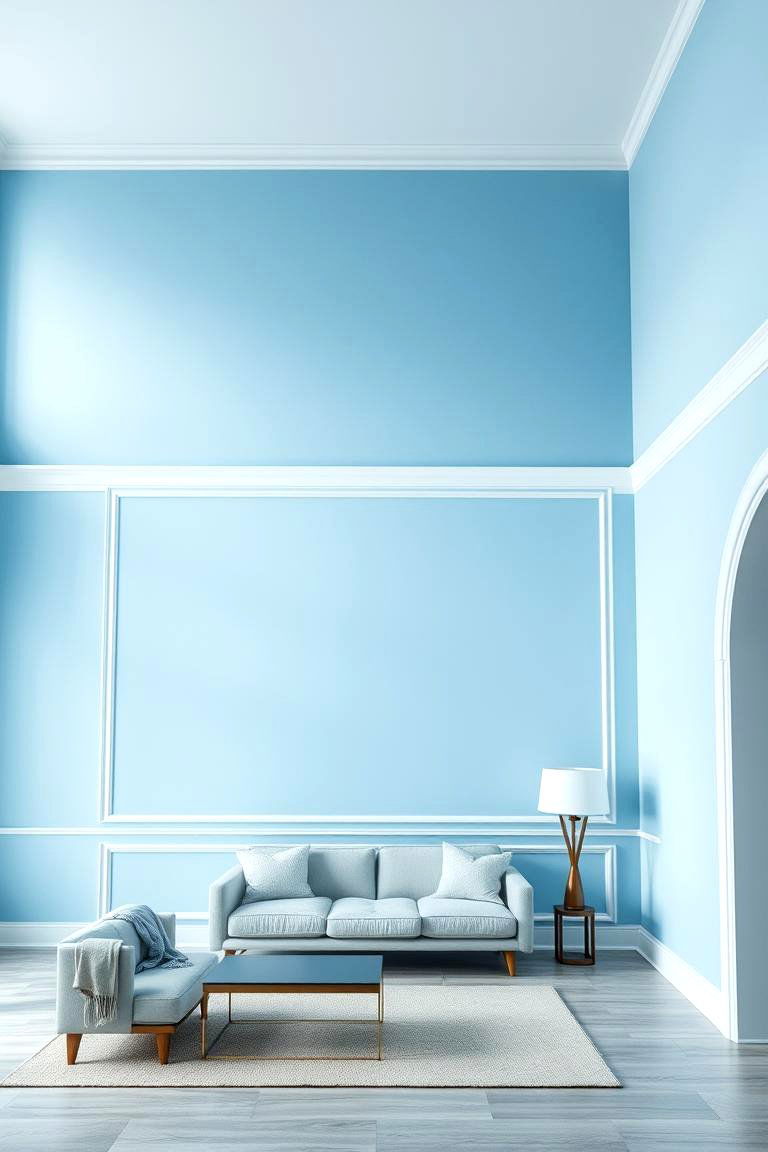
Consider painting the main portion of your walls in one color and then adding a contrasting border around the edges, near the ceiling and floor. This creates a framed effect and can add a touch of sophistication and visual definition to a room. For example, a soft blue wall with a crisp white border can create a clean and elegant look.
19. Two-Tone Alcove for a Cozy Nook
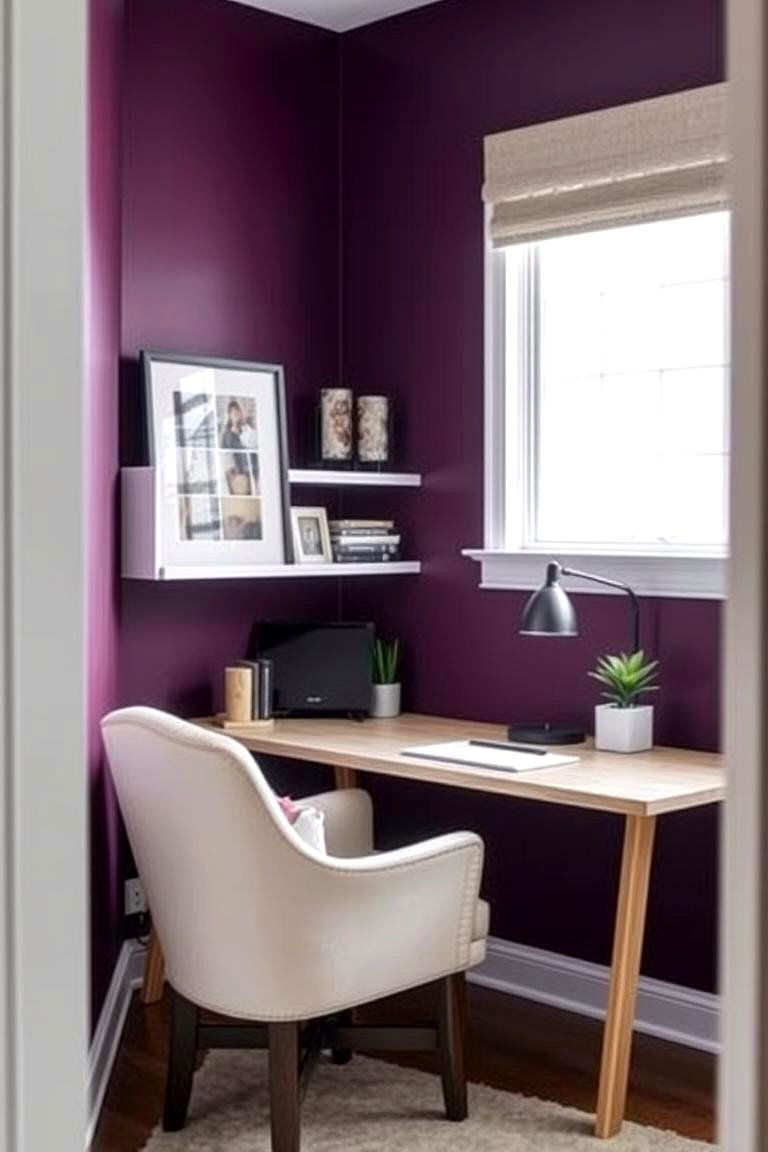
If your home has alcoves or recessed areas, use two-tone paint to highlight these cozy nooks. Painting the inside of the alcove in a contrasting or darker shade can create a sense of depth and make the space feel more intimate and inviting. For instance, a deep plum alcove in a room painted in a light grey can create a cozy reading corner.
20. Subtle Sheen Variation for Understated Elegance
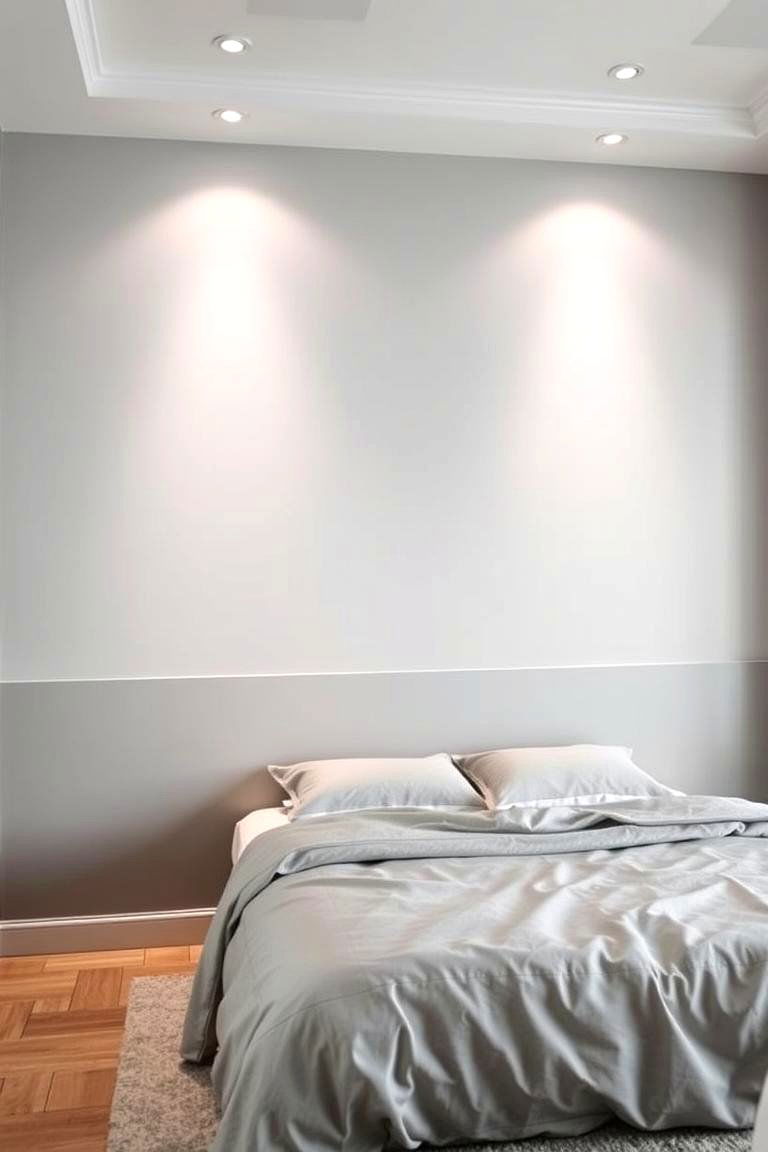
For a more subtle two-tone effect, consider using the same color in two different sheens. For example, painting the lower portion of your walls in a matte finish and the upper portion in a satin or semi-gloss finish can create a subtle yet sophisticated contrast due to the way light reflects off the different surfaces. This is a great option for those who prefer a more understated look.
21. Color Washing for a Rustic Charm
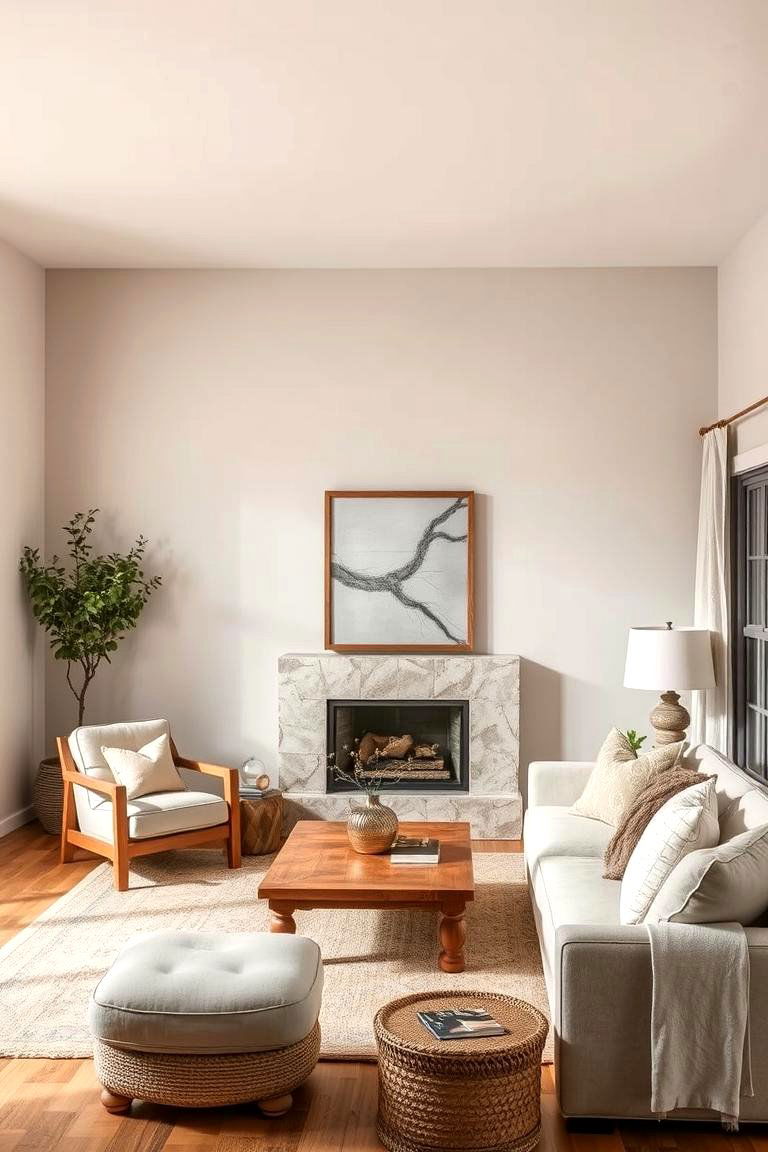
This technique involves applying a thin, translucent layer of paint over a base coat, creating a soft, weathered look. Using two different but complementary colors for the base and the wash can add depth and rustic charm to your walls. For instance, a light beige base with a soft grey wash can create a warm and inviting atmosphere.
22. Stenciled Two-Tone for Patterned Interest
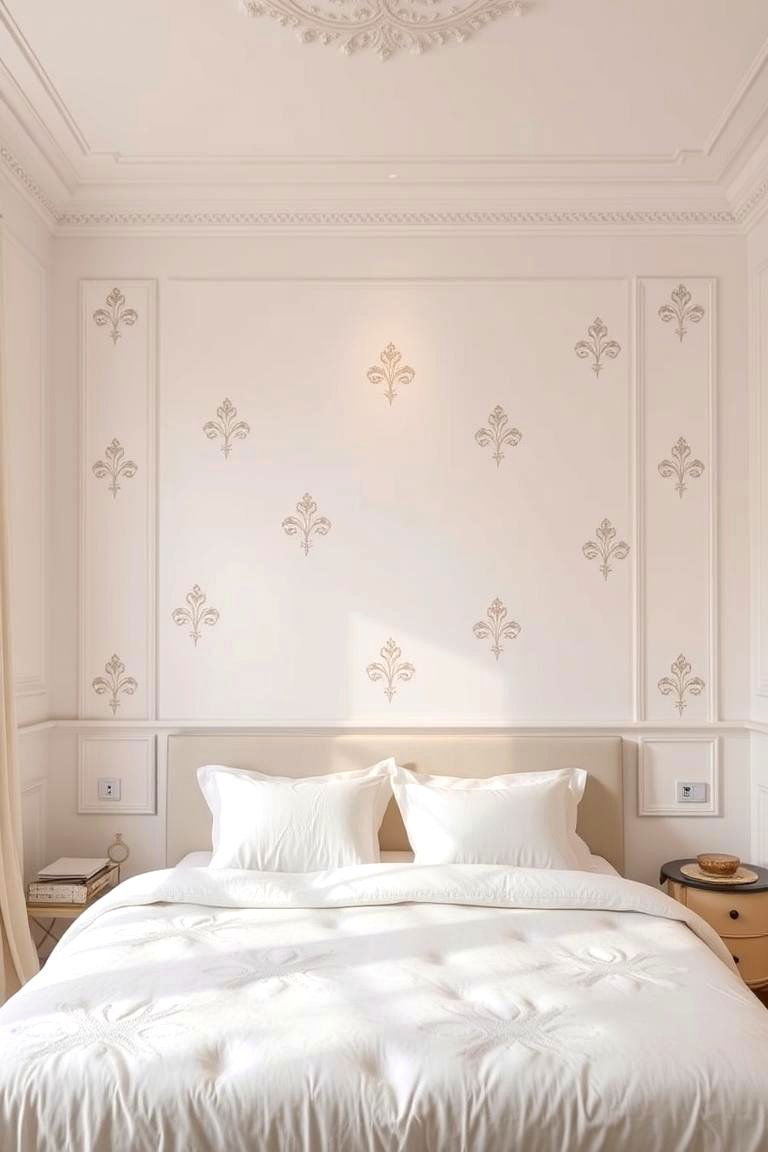
Introduce patterns to your two-tone walls by using stencils. Paint your walls in one color and then use a stencil and a contrasting color to add intricate designs or repeating motifs. This is a great way to personalize your space and add a unique touch. Consider white walls with delicate gold stenciled patterns.
23. Reactive Paint for an Ever-Changing Look
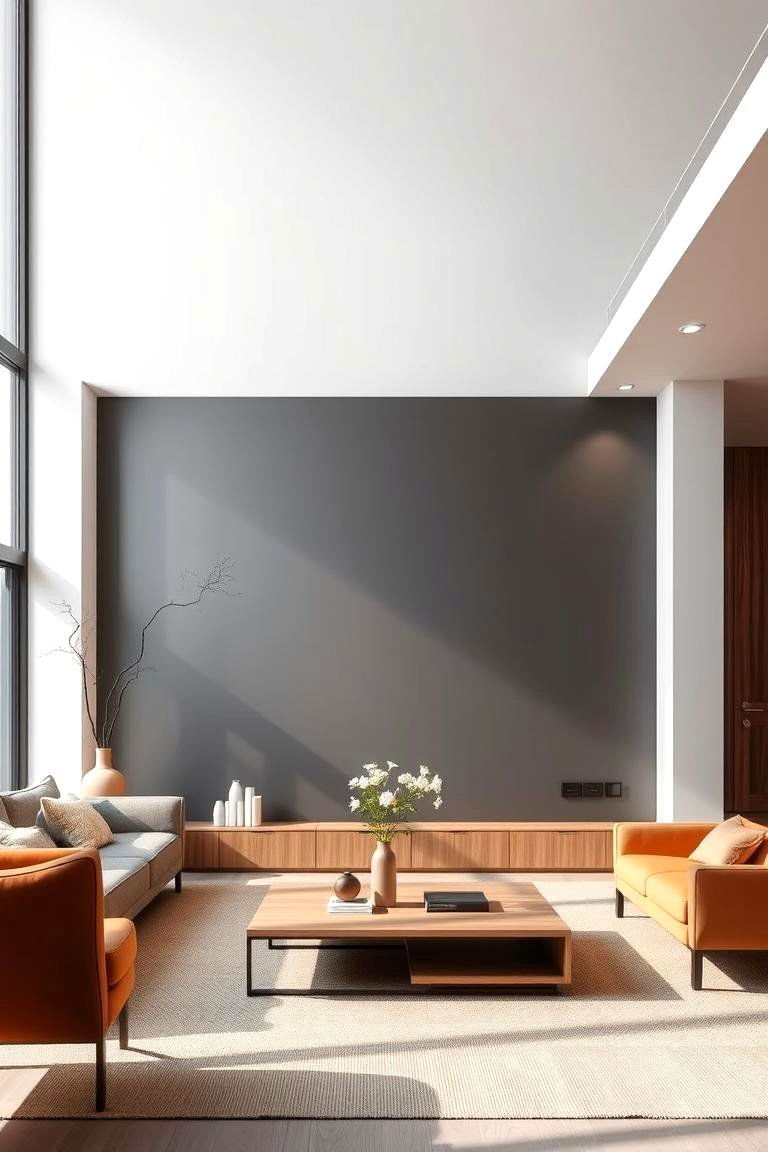
For a truly unique and dynamic two-tone effect, explore reactive paints that change color based on temperature or light. Imagine a wall that shifts subtly between two shades depending on the time of day or the warmth of the room. This innovative approach adds an element of surprise and constant visual interest.
24. Combining Techniques for a Personalized Style
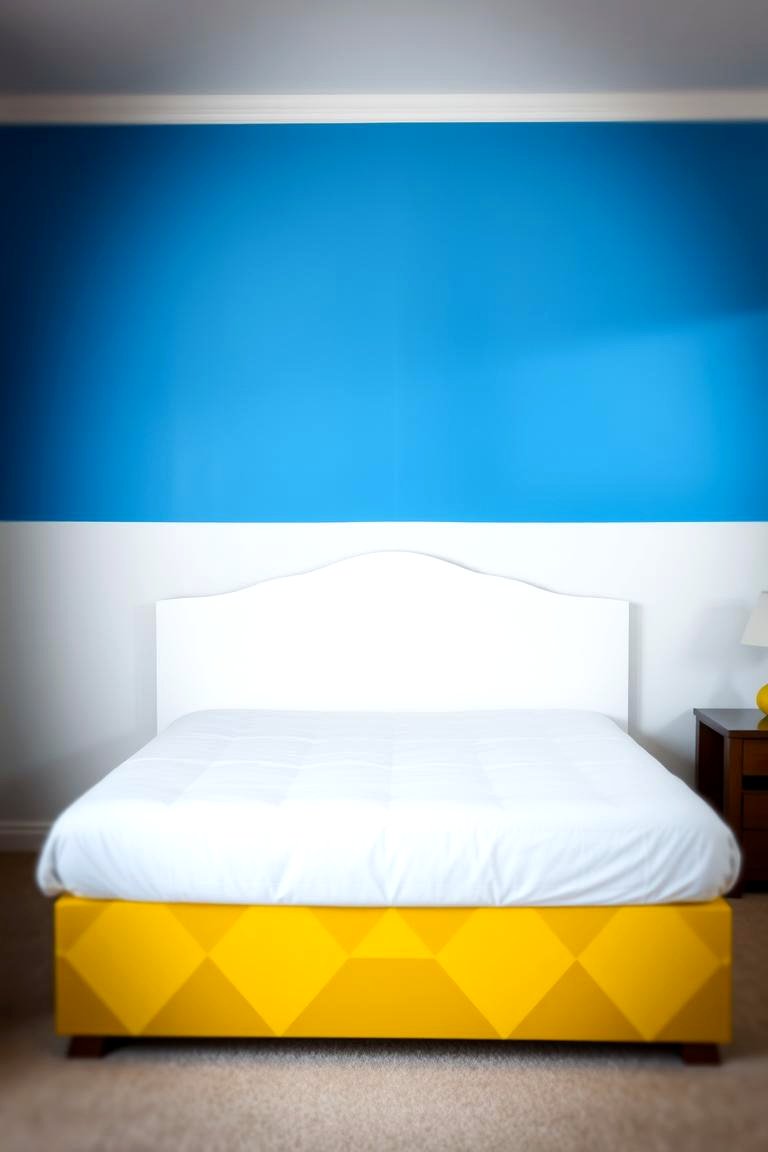
Finally, don't be afraid to combine different two-tone painting techniques to create a truly personalized style. For instance, you could combine a horizontal divide with a feature wall or use geometric patterns within a wainscoting effect. The possibilities are endless, so let your creativity guide you in designing walls that reflect your unique taste and personality.
Conclusion:
The realm of interior design flourishes with the imaginative use of color, and the concept of two-tone wall paint stands as a testament to this creative power. By thoughtfully selecting and applying contrasting or complementary hues, you can redefine the character of your living spaces, accentuating their best features and infusing them with your personal style. From the grounding effect of a horizontal split to the dramatic flair of vertical stripes and the subtle elegance of sheen variations, the techniques explored offer a diverse palette of options to transform your home. Embracing these 24 two tone wall paint ideas opens the door to a world of design possibilities, inviting you to experiment and discover the perfect color story for your walls.


